Media
Final Studies: Kierra Nguyen
Undergraduate Student, Oberlin College
Studio Art & Dance major
Title of Exhibition: in | to
Drawing from my relationship to dance and interest in the architecture of space, I investigate the visual frame as a liminal space. Recollecting frames of paintings, prints, the proscenium stage, and the view from the camera lens, I explore the frame as an image, performance, reflection, and meeting place.
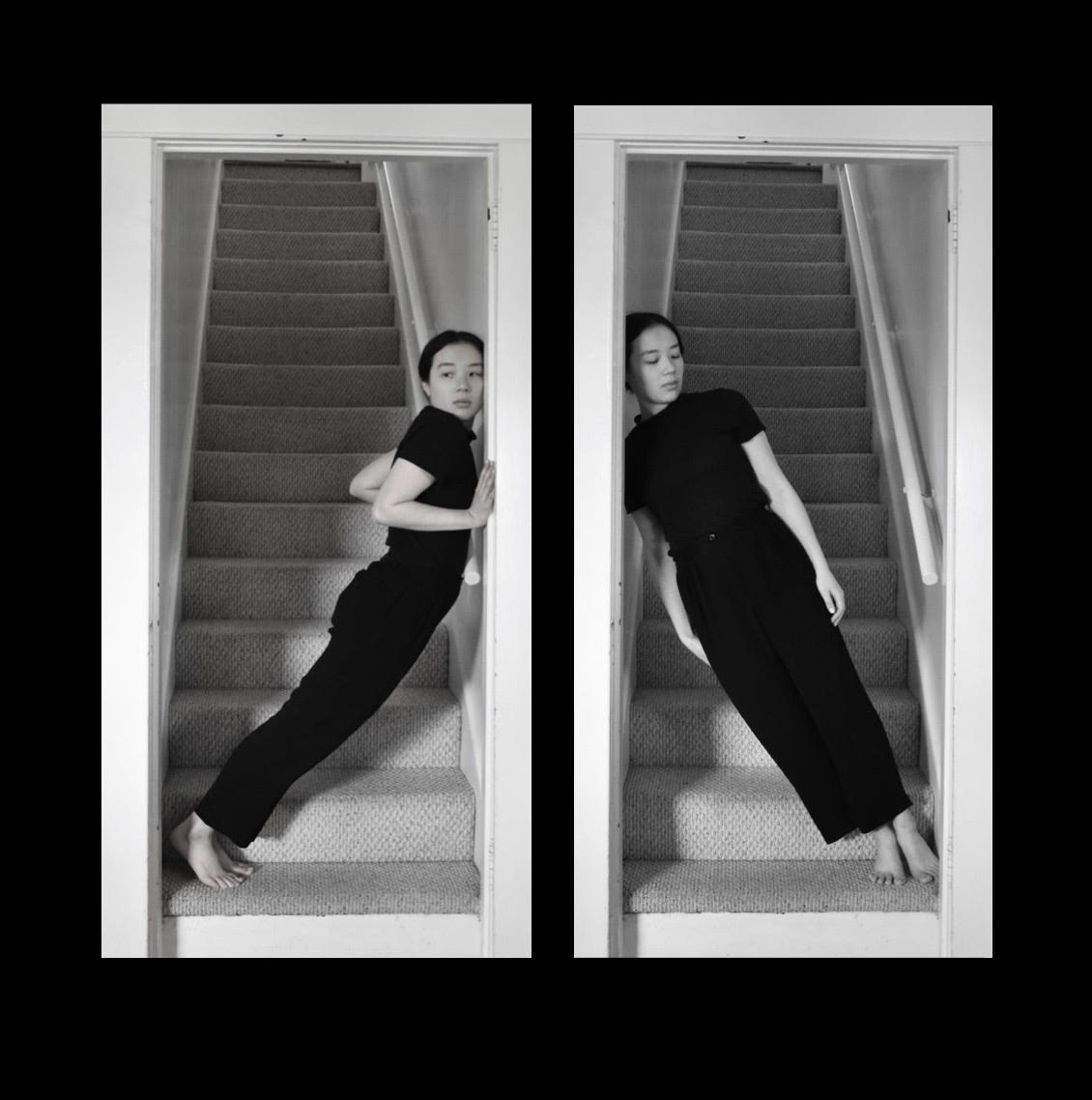
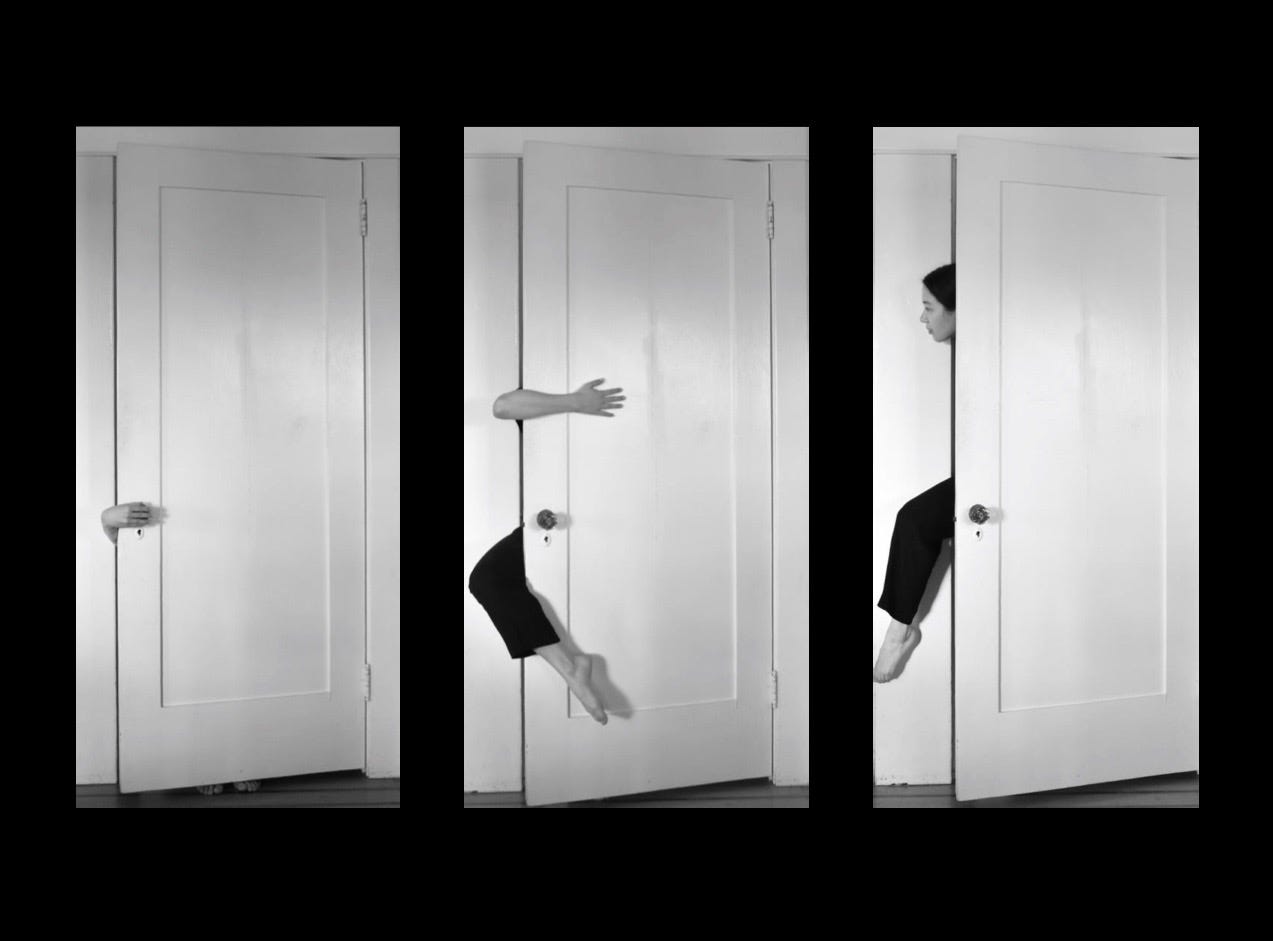
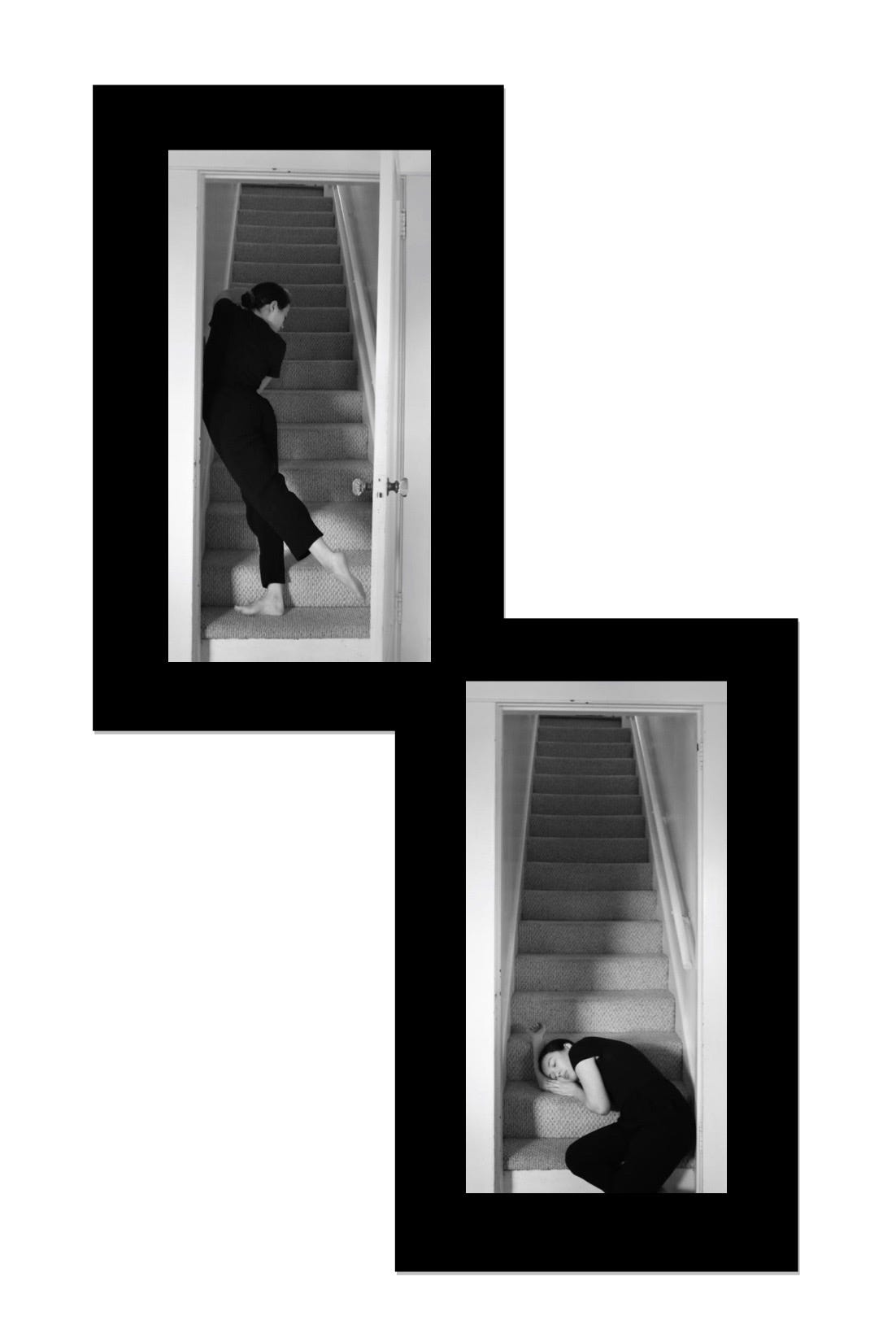
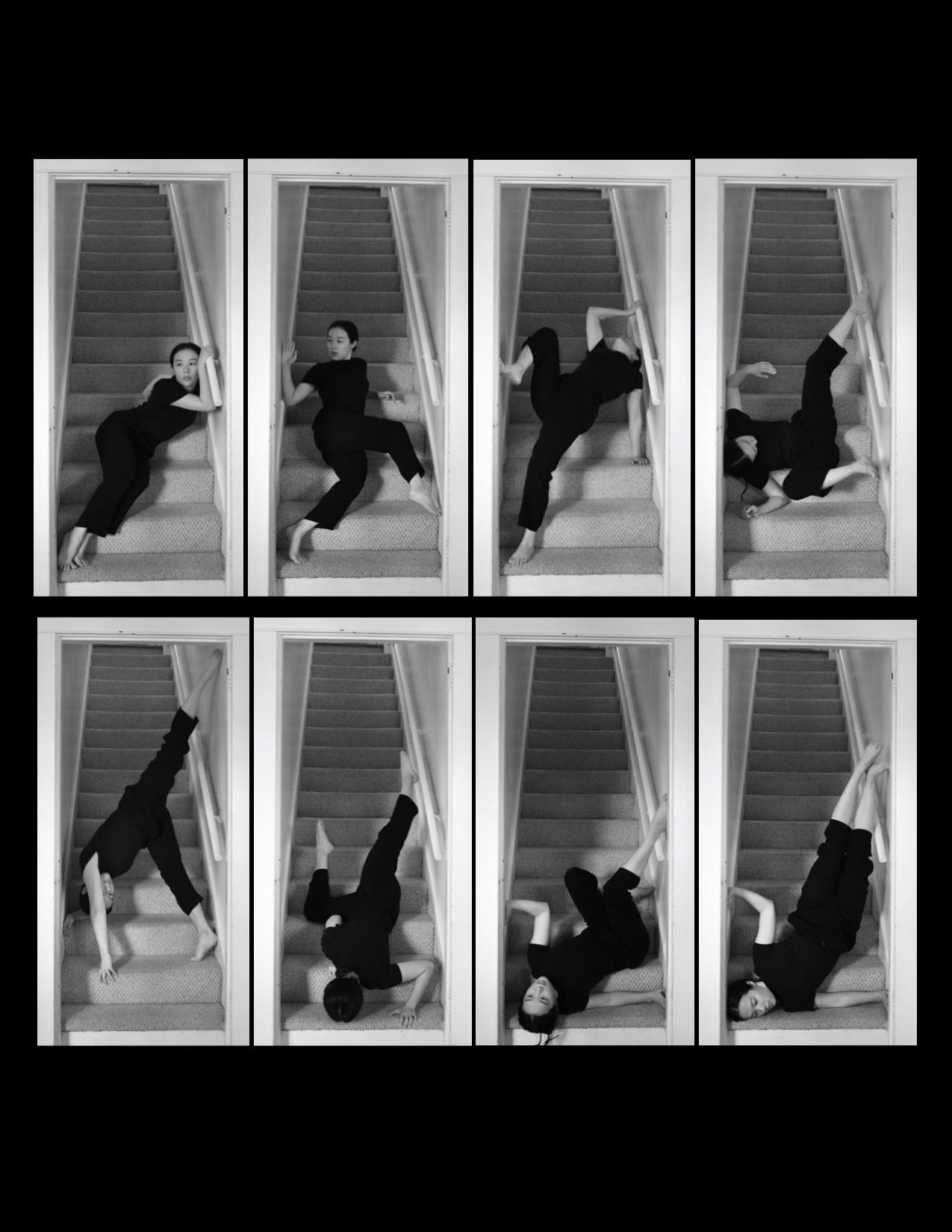
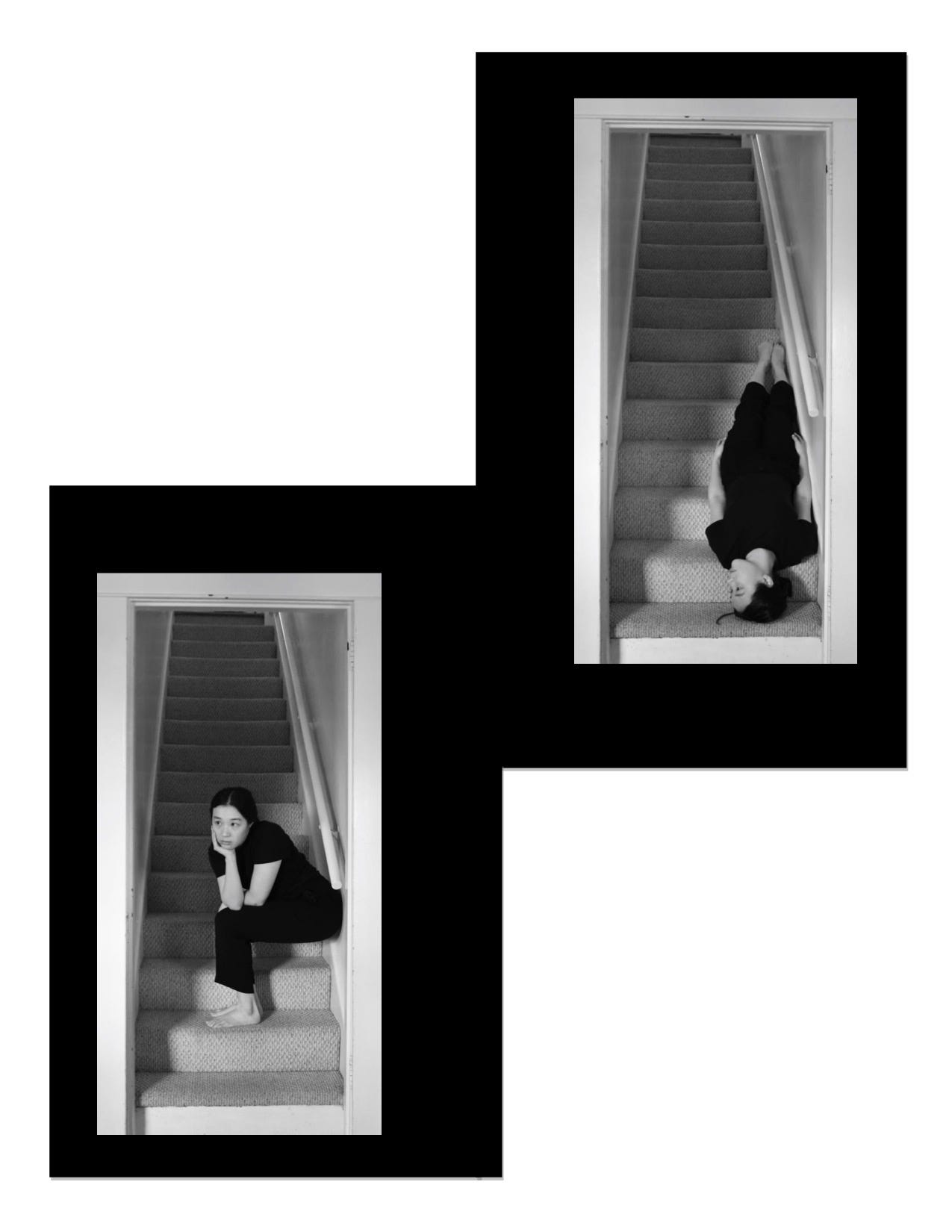
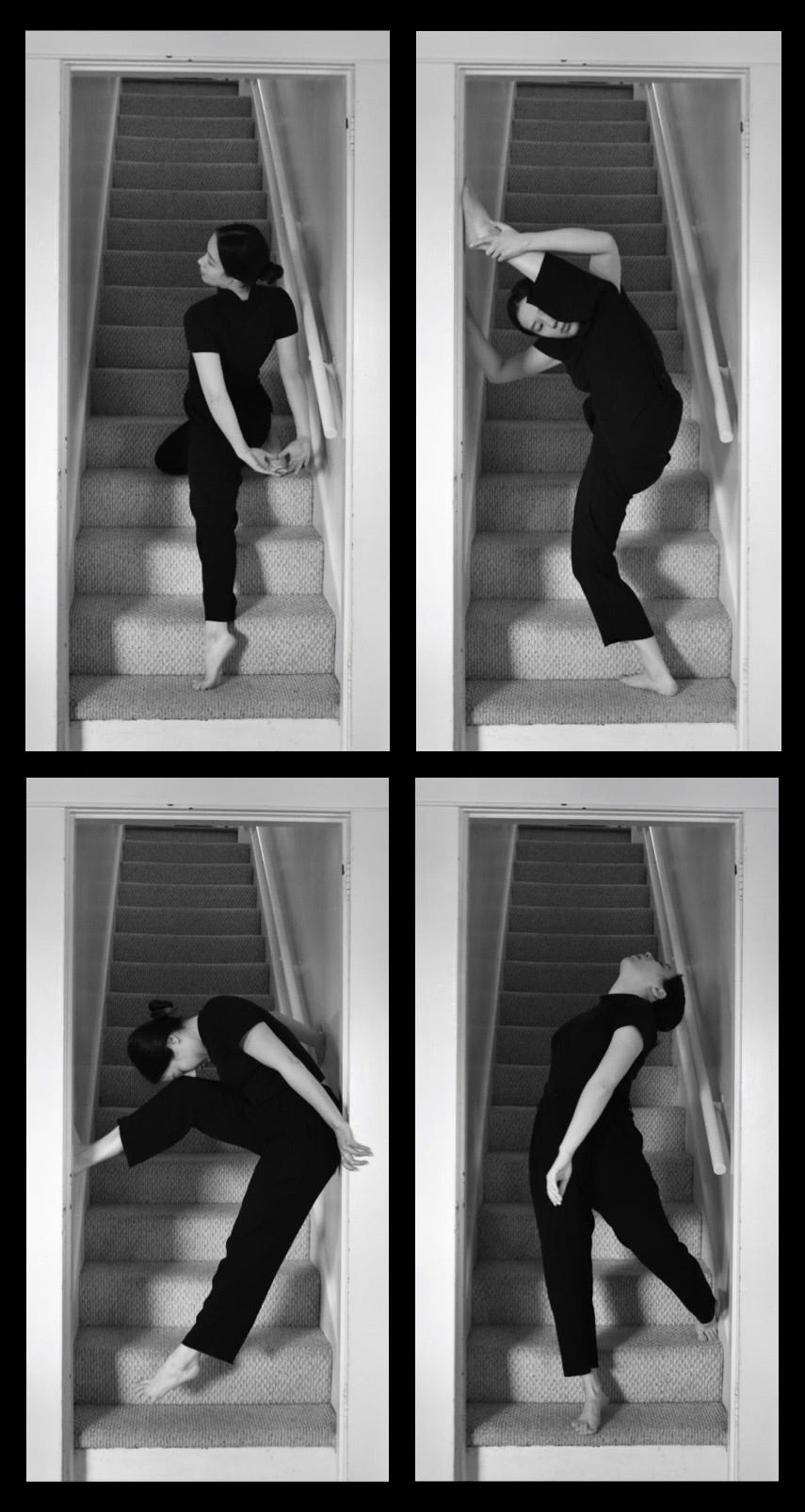
For more of Kierra’s work:
Instagram: @keeerrra
Final Studies are in partnership with The University of Akron and are made possible with support from Fifth Third Bank and the Robert O. and Annamae Orr Family Foundation.
Read More#WearaMask

Ever since the COVID-19 pandemic started, the entire Akron Art Museum family has been looking forward to welcoming visitors back into our galleries. Even the works of art are doing their part! They’ve put on masks to help keep everyone safe and healthy.
Charles Salee — Almeda
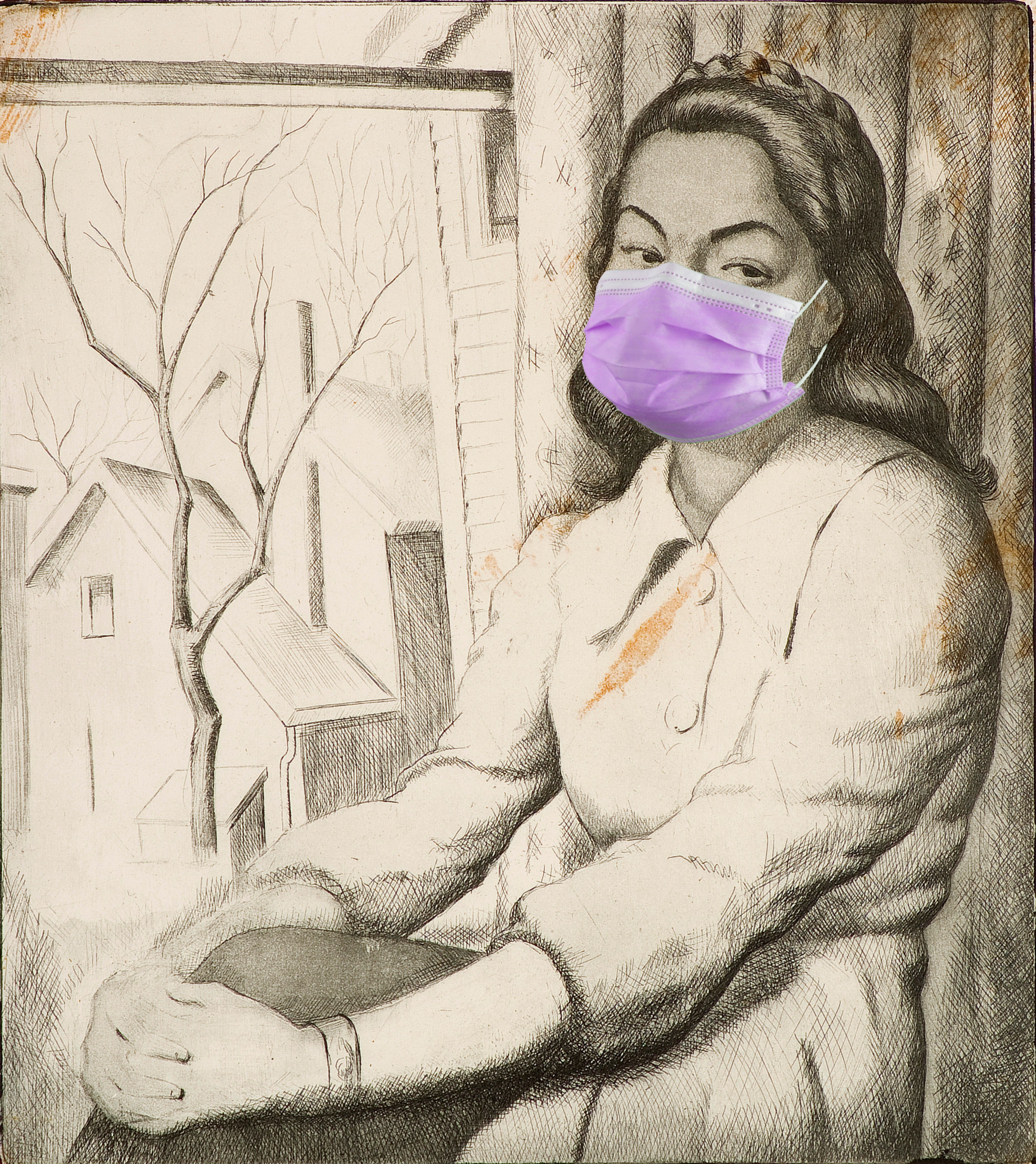
Charles Salee’s Almeda has always had a look of confidence about her. Even though she’s covered her nose and mouth with a mask, her eyes still show the calm resolve necessary to get through COVID-19 safe and sound.
Julius Faysash — Judas
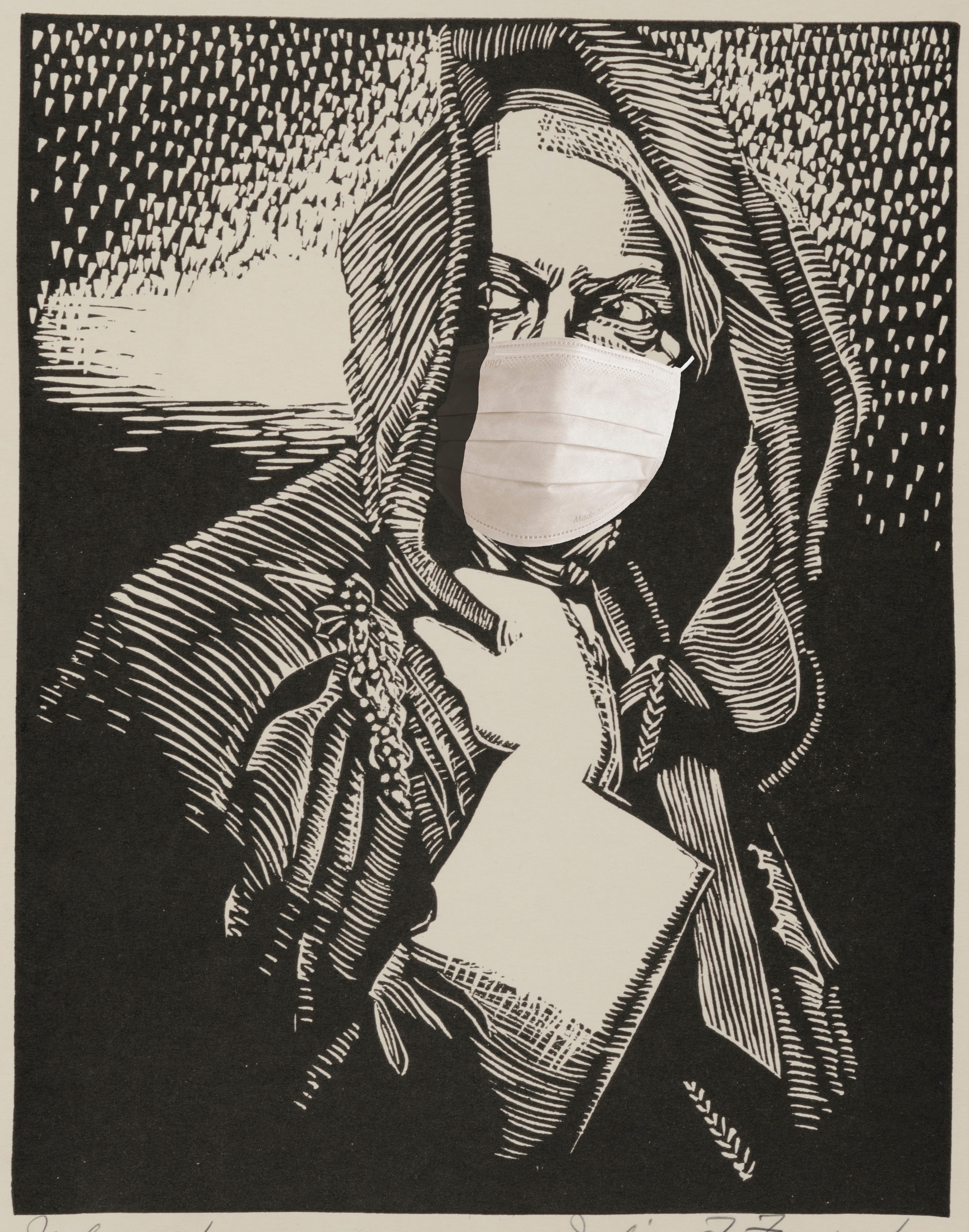
Say what you will about Judas; he’s at least keeping public health in mind! Even a conspiring character in a cloak seems friendlier when they’re taking precautions to make sure you won’t get sick.
Frank Fousek — Lonely Youth
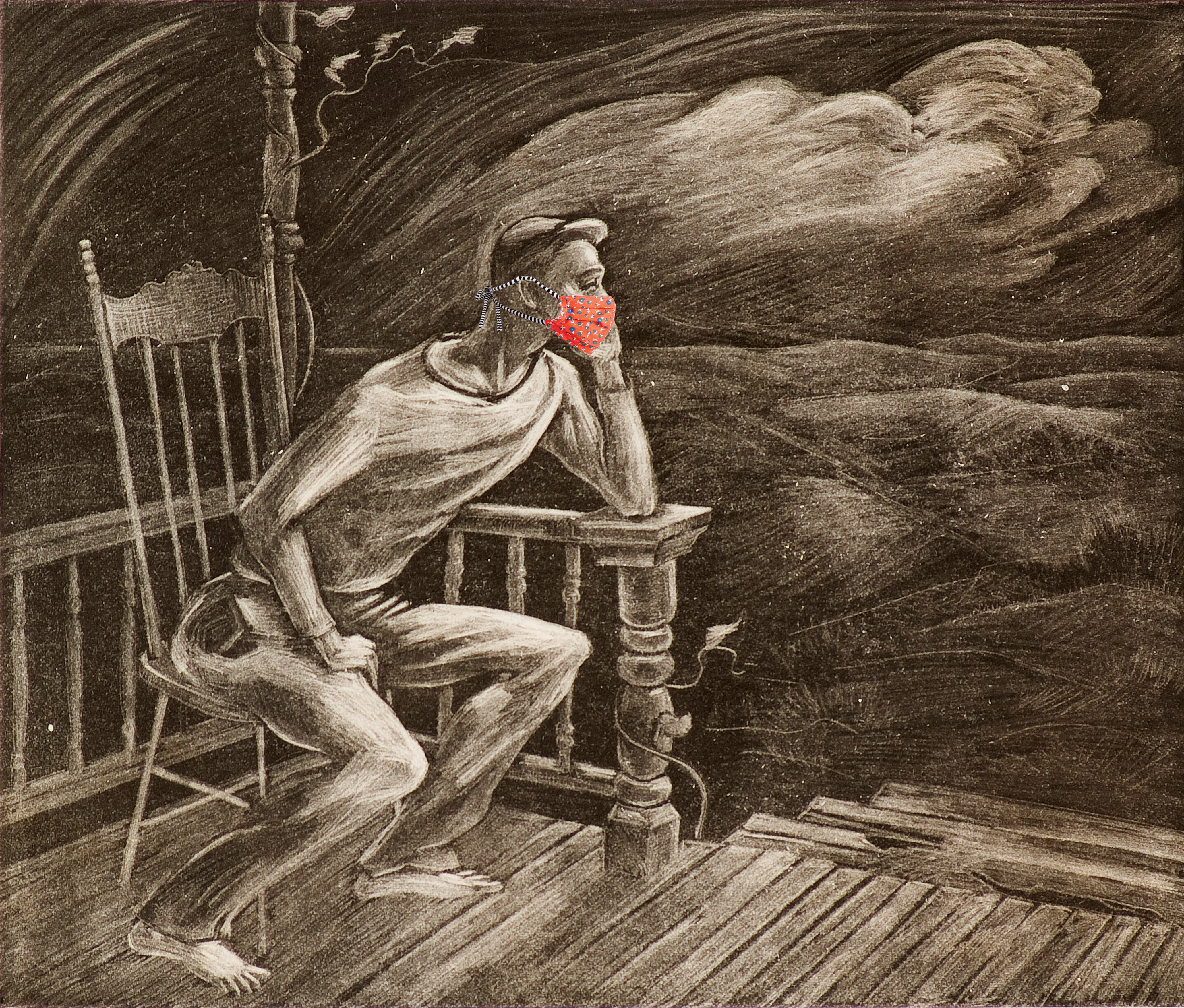
This print was titled Lonely Youth even before the coronavirus came along. Though the isolated figure is more starved for socializing than ever, he’ll ask any visiting friends to stay off of his porch at a 6-foot distance.
Honoré Guilbeau — To Uncertainty
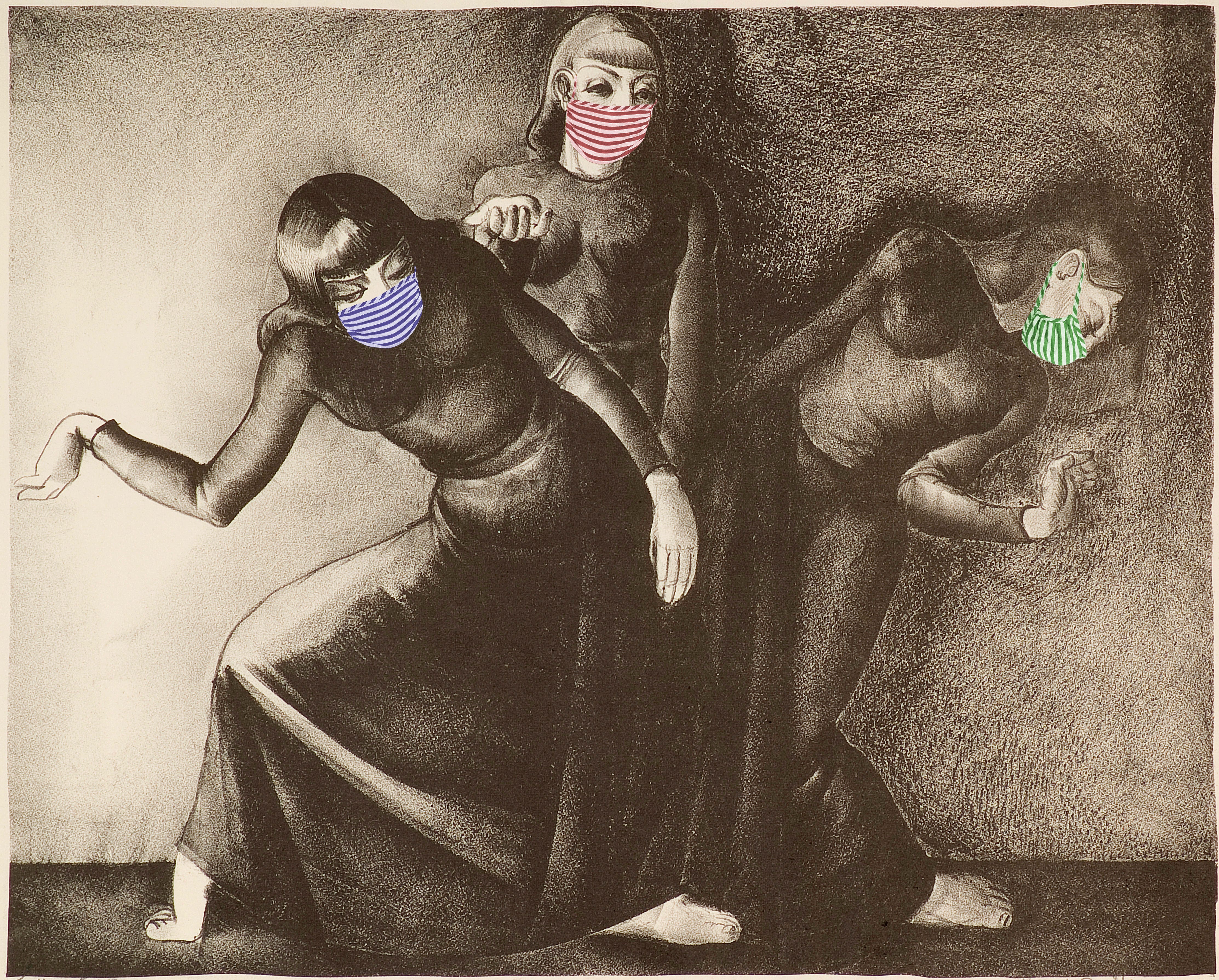
Honoré Guilbeau trained as a dancer before making this print of three dancing women… or is it the same woman in three different poses? If you’re in three places at once, do you have to social distance from yourself?
William Merritt Chase — Girl in White
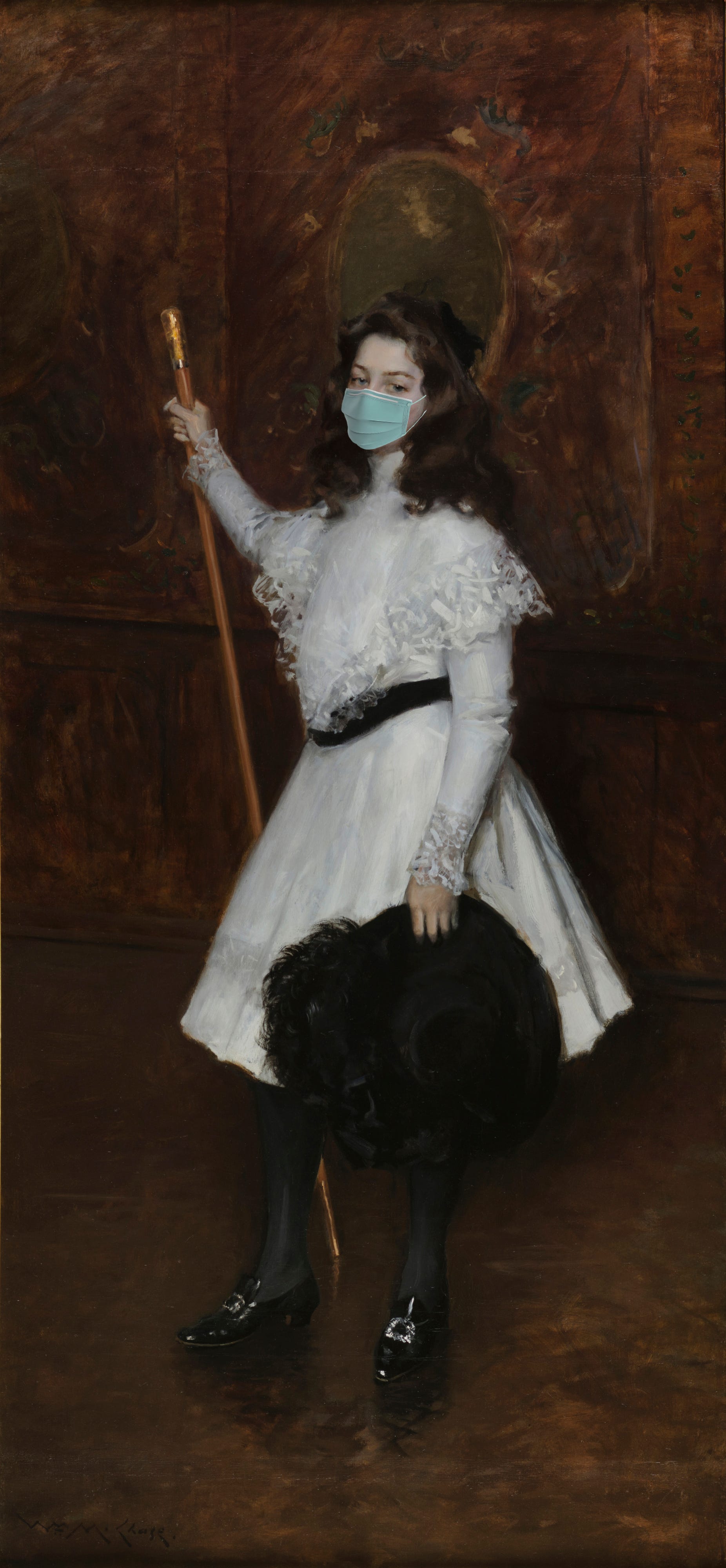
Florence Irene Dimock was known for her fun-loving personality, but the painter William Merit Chase asked her to strike a serious pose with flamboyant studio props. Maybe she can use her mask to sneak in a smile!
Read MoreFinal Studies: Parker Shatkin
Undergraduate Student, Oberlin College
Studio Art
Title of Exhibition: Ritual
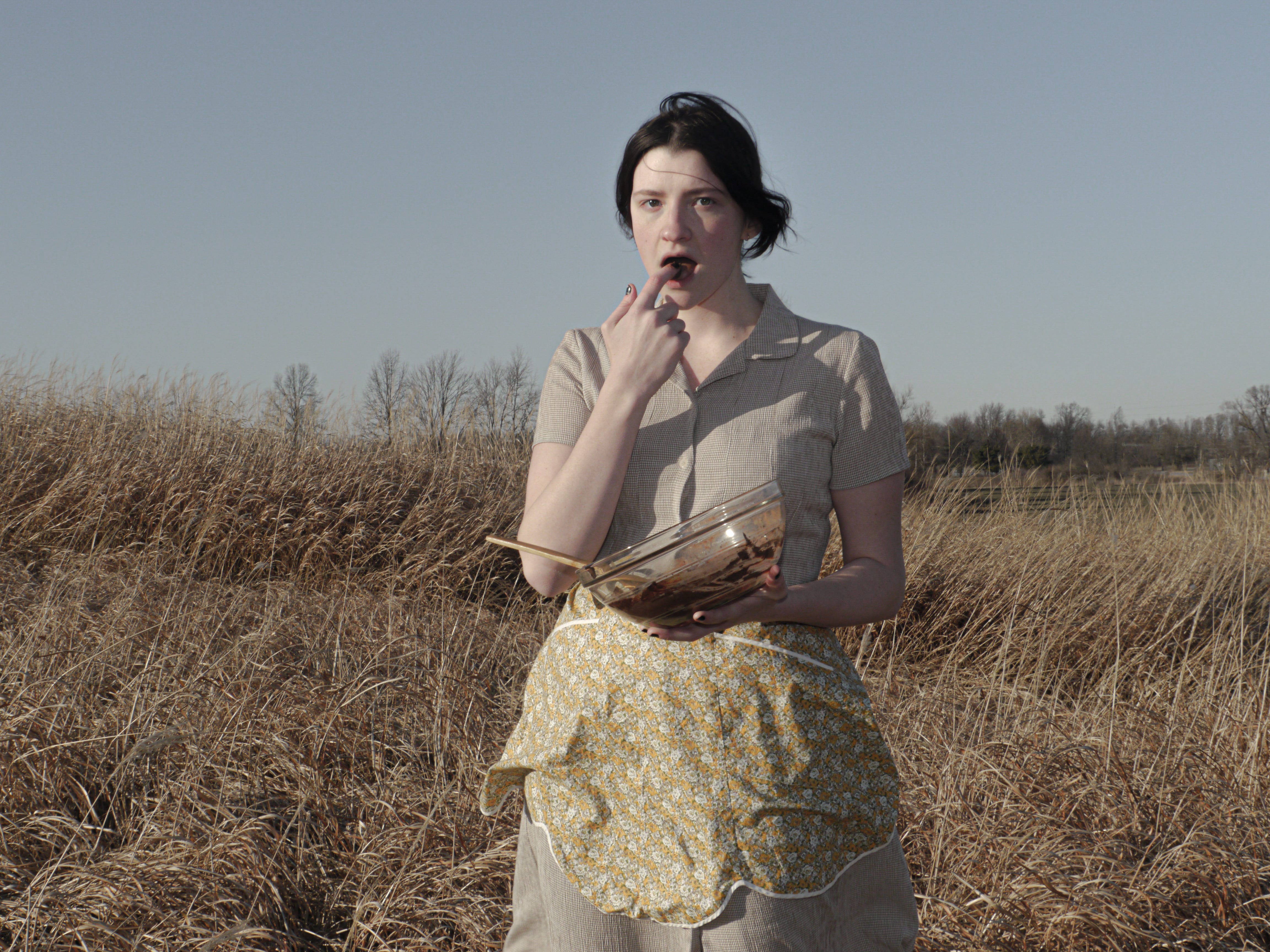

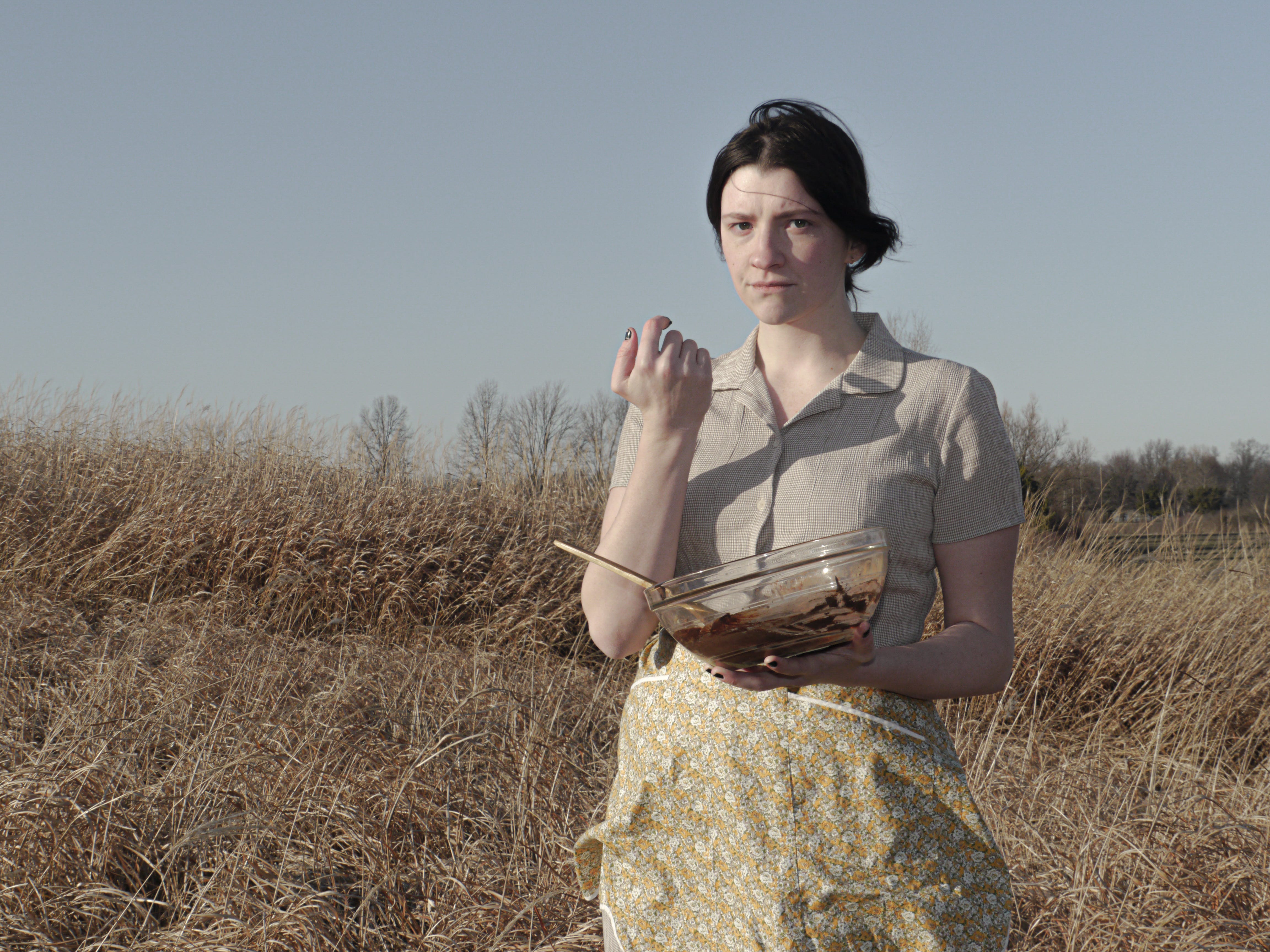
Thematically, my most recent and future work has and will continue to explore the home and domestic spaces, and the absurd and surreal moments that are inherent to these spaces. In my work, I explore the home as a space that is simultaneously public and private, perhaps the only space in which we feel we can be our “true selves” while also being the space in which we get ready for the day, put on clothes and makeup, and apply the mask that we will wear in public. My work explores our culture’s shared private experiences, making private rituals a spectacle, and making spectacles private experiences.
For more: @packrat_art on Instagram
Final Studies are in partnership with The University of Akron and are made possible with support from Fifth Third Bank and the Robert O. and Annamae Orr Family Foundation.
Read MoreFinal Studies: Ally Knopf
Undergraduate Student, Oberlin College
Visual Art
Title of Exhibition: Please Recycle This Exhibition
With my work, I seek to embrace and invite a sillier and less confined approach to art (both in making it and interacting with it). I have used cardboard and found materials, as well as cartoon-like paintings, to encapsulate concepts of home, identity, emotion, and awkwardness.

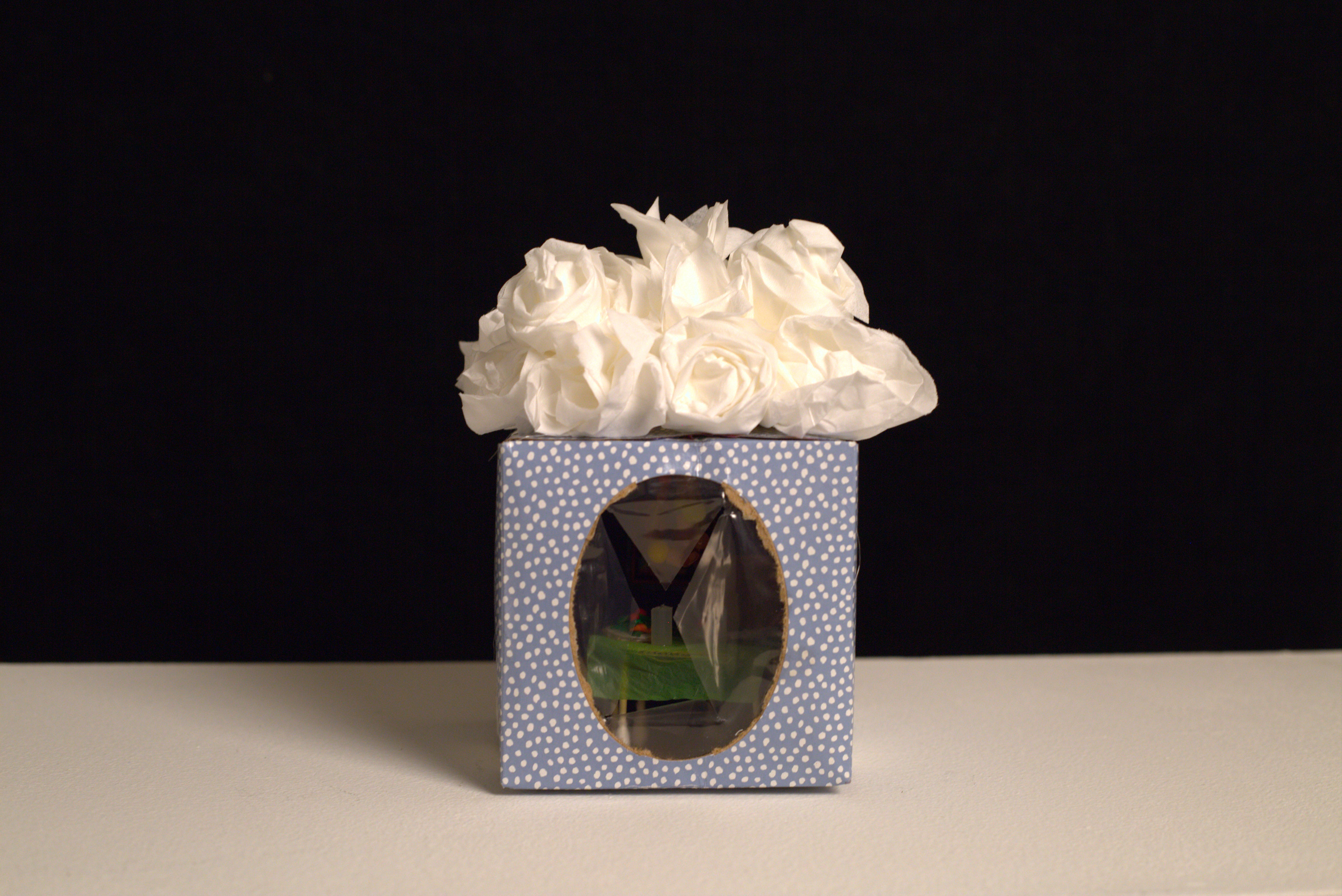
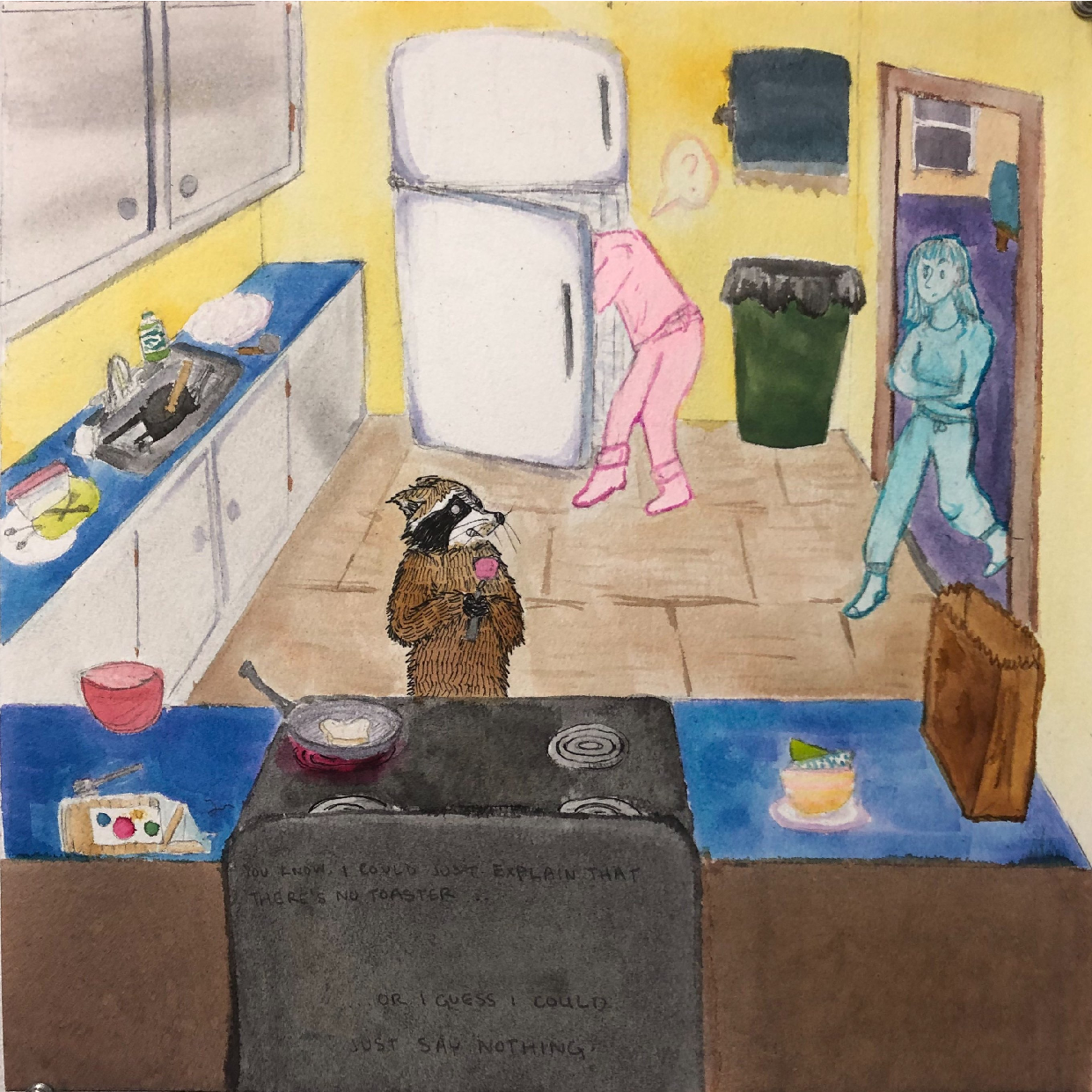
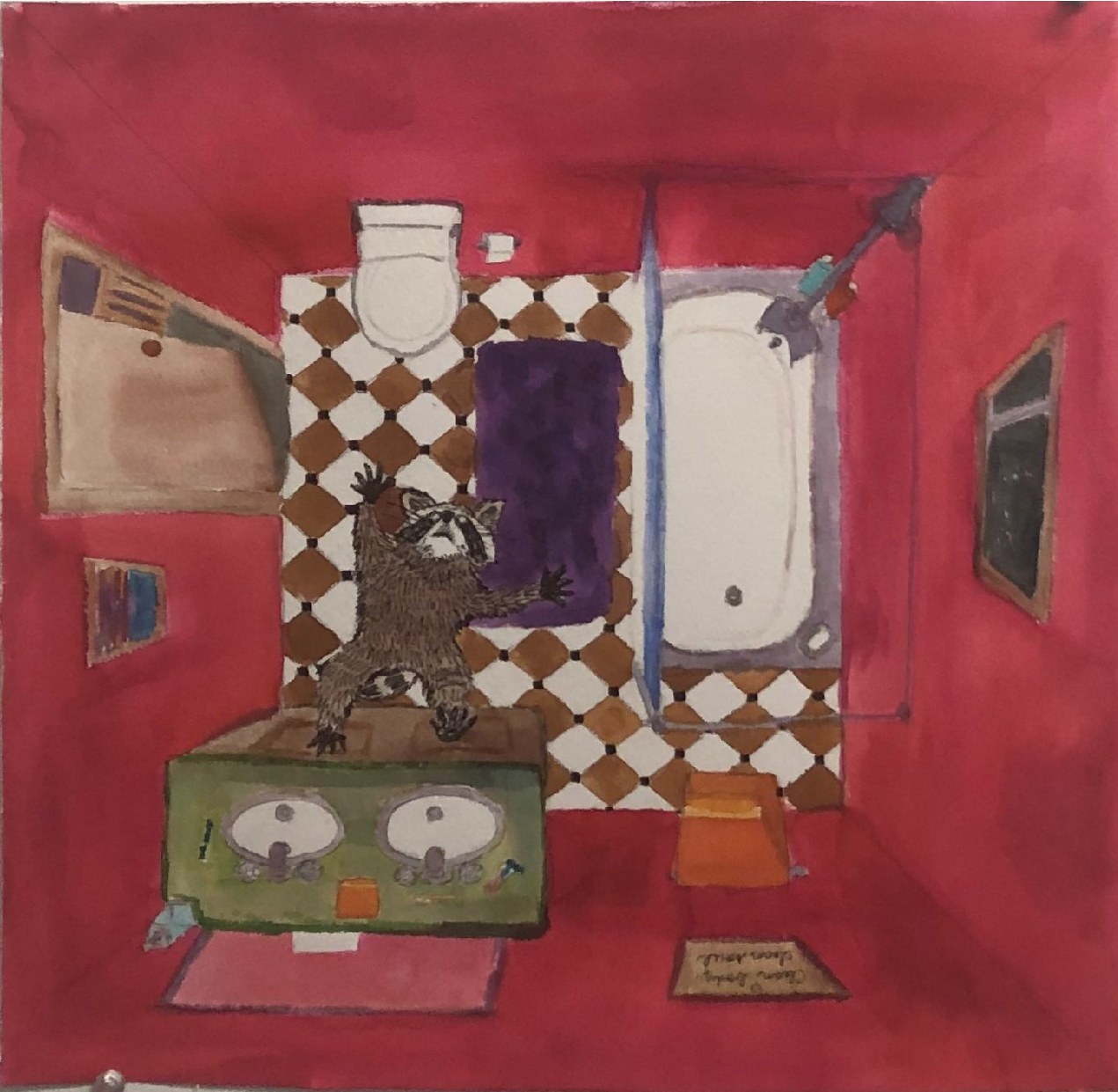
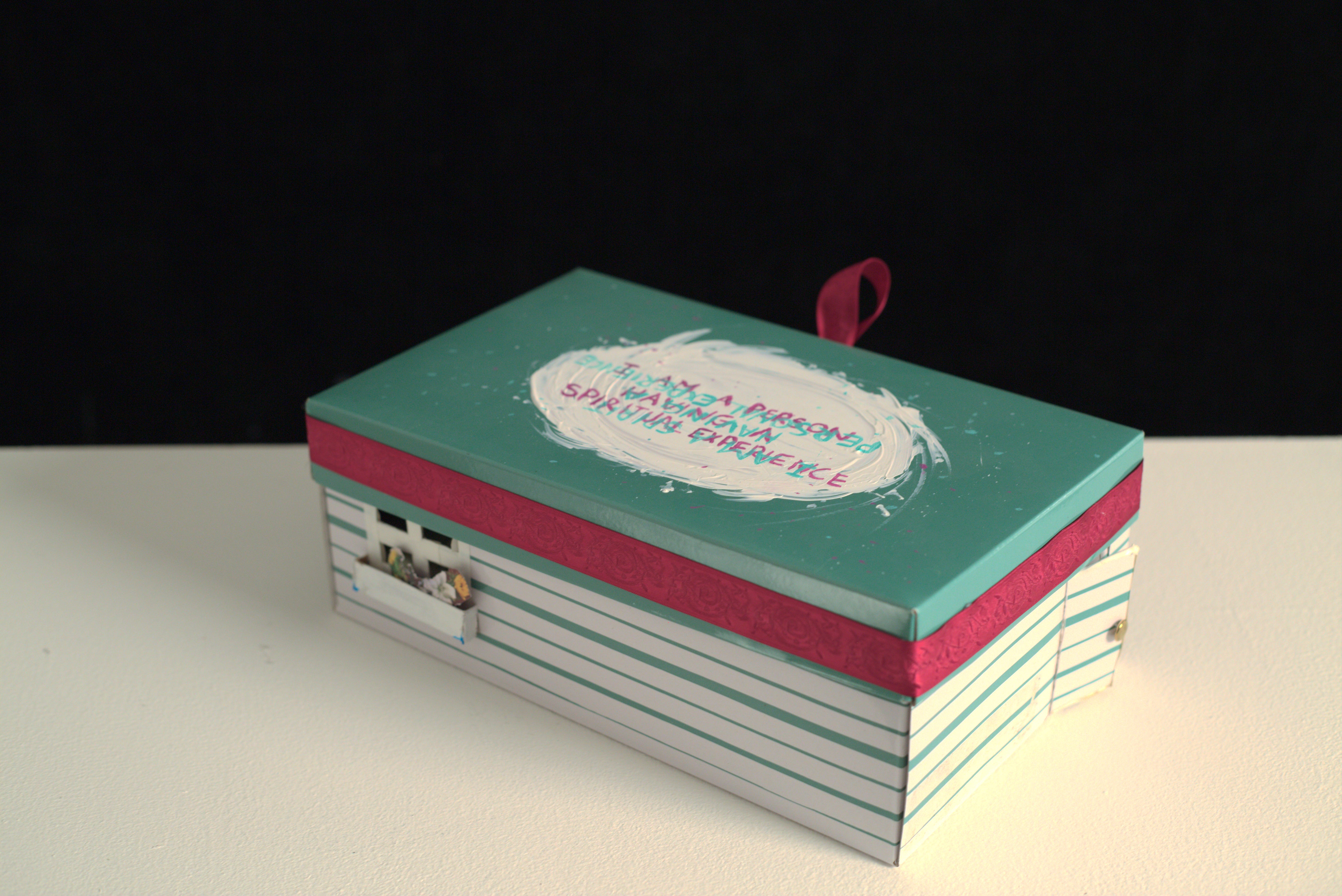
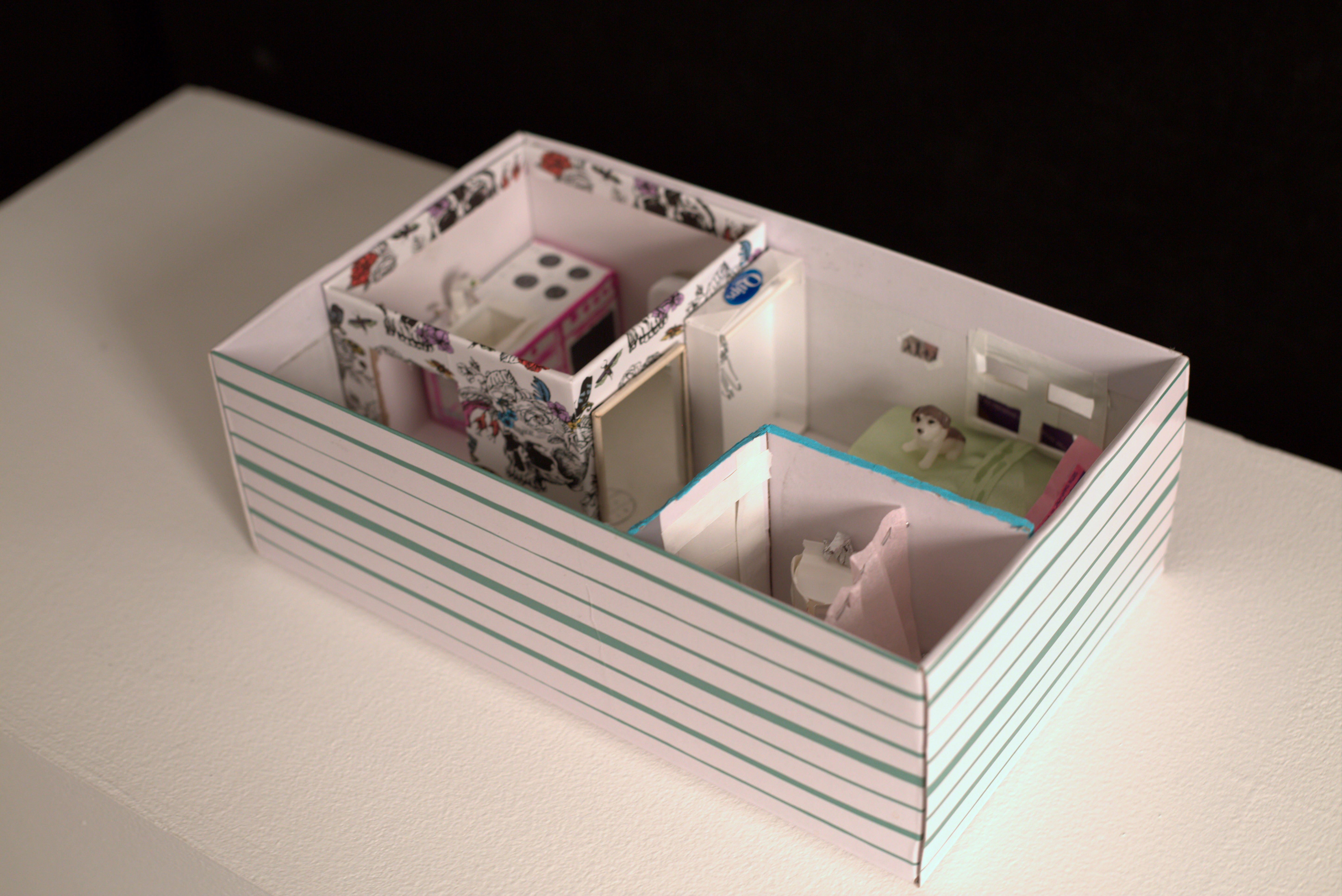
Final Studies are in partnership with The University of Akron and are made possible with support from Fifth Third Bank and the Robert O. and Annamae Orr Family Foundation.
Read MoreFinal Studies: Benjamin Stevens
Undergraduate Student, Oberlin College
Visual Art
Title of Exhibition: Hell is Chrome
In the process of moving between places, I find that the architecture and organization of spaces forms a diorama of emotional memory and lived experience. I seek to conjure my own locations and to create spaces of genuine self-expression, self-examination, and active engagement with the emotional and social ramifications of aesthetic choice.
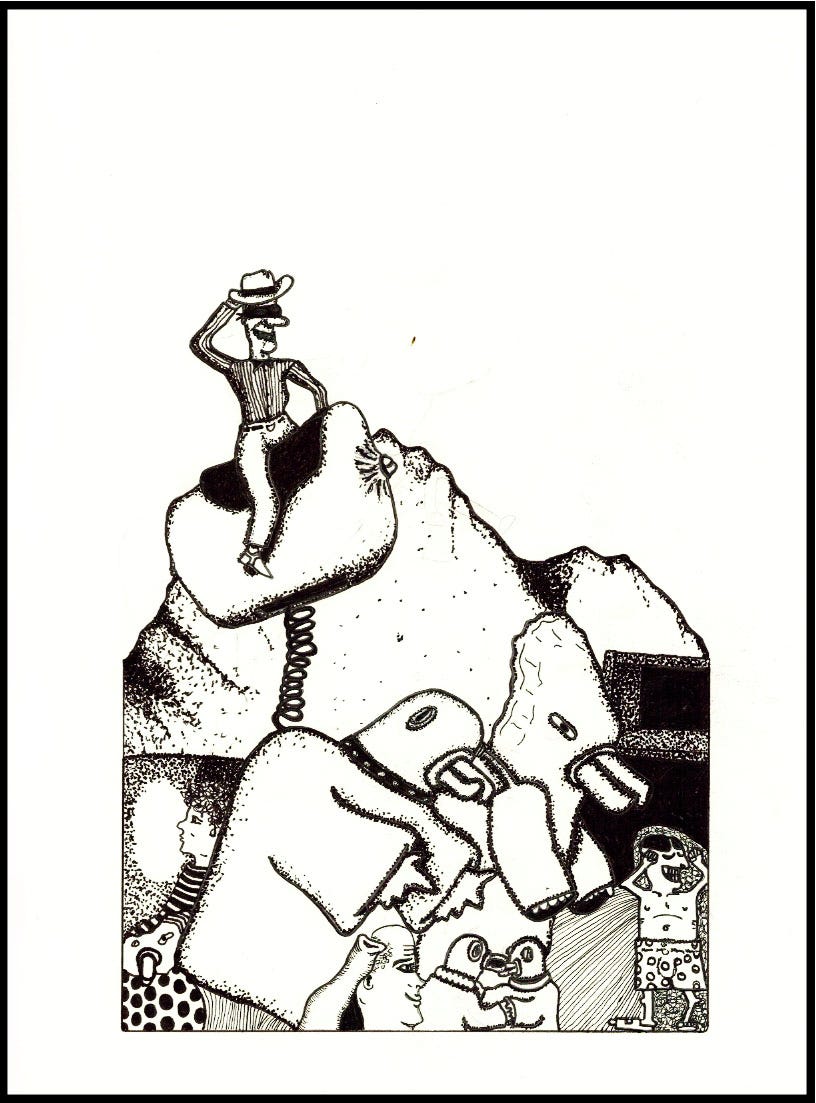
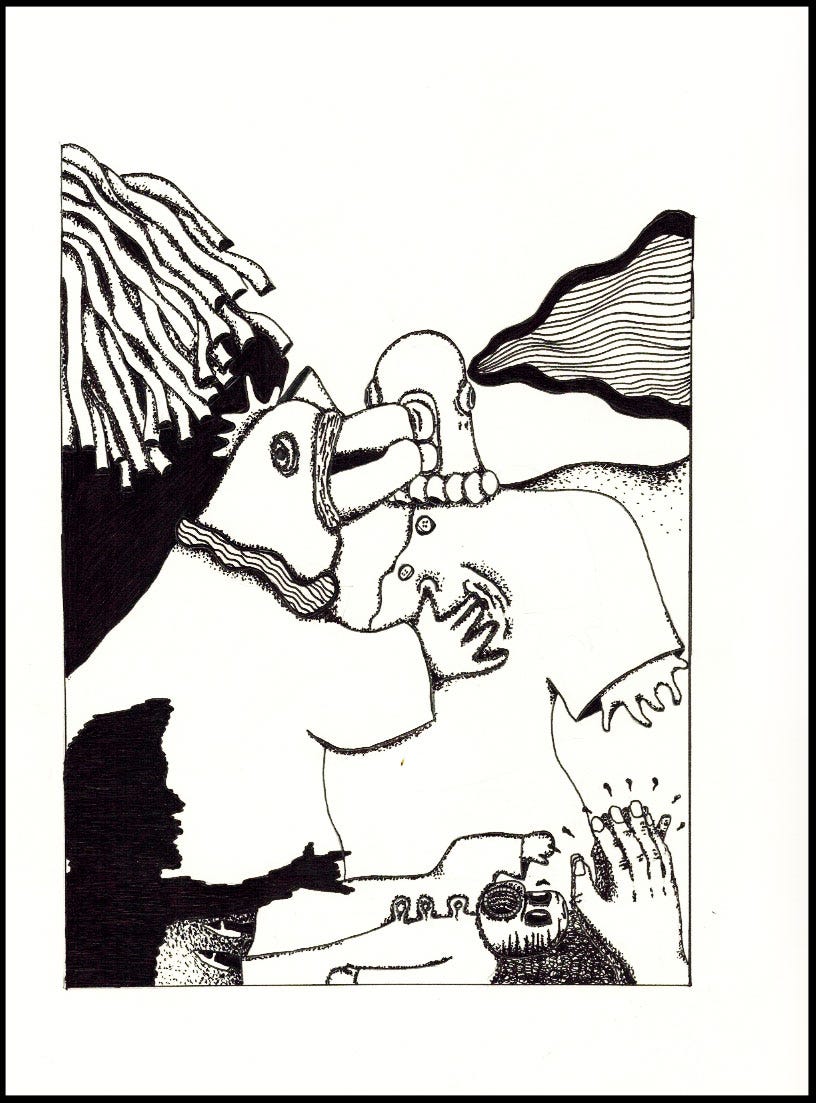
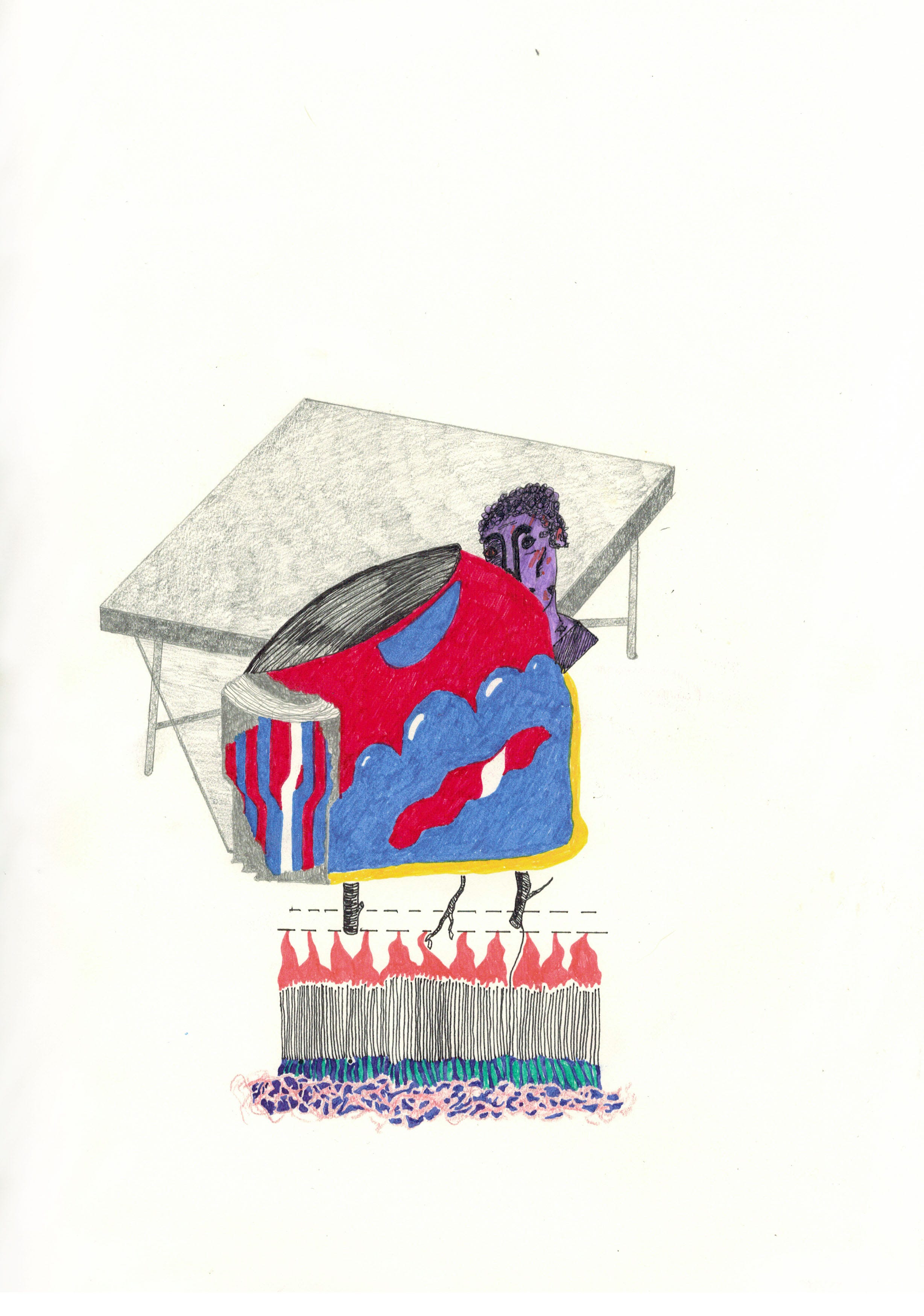
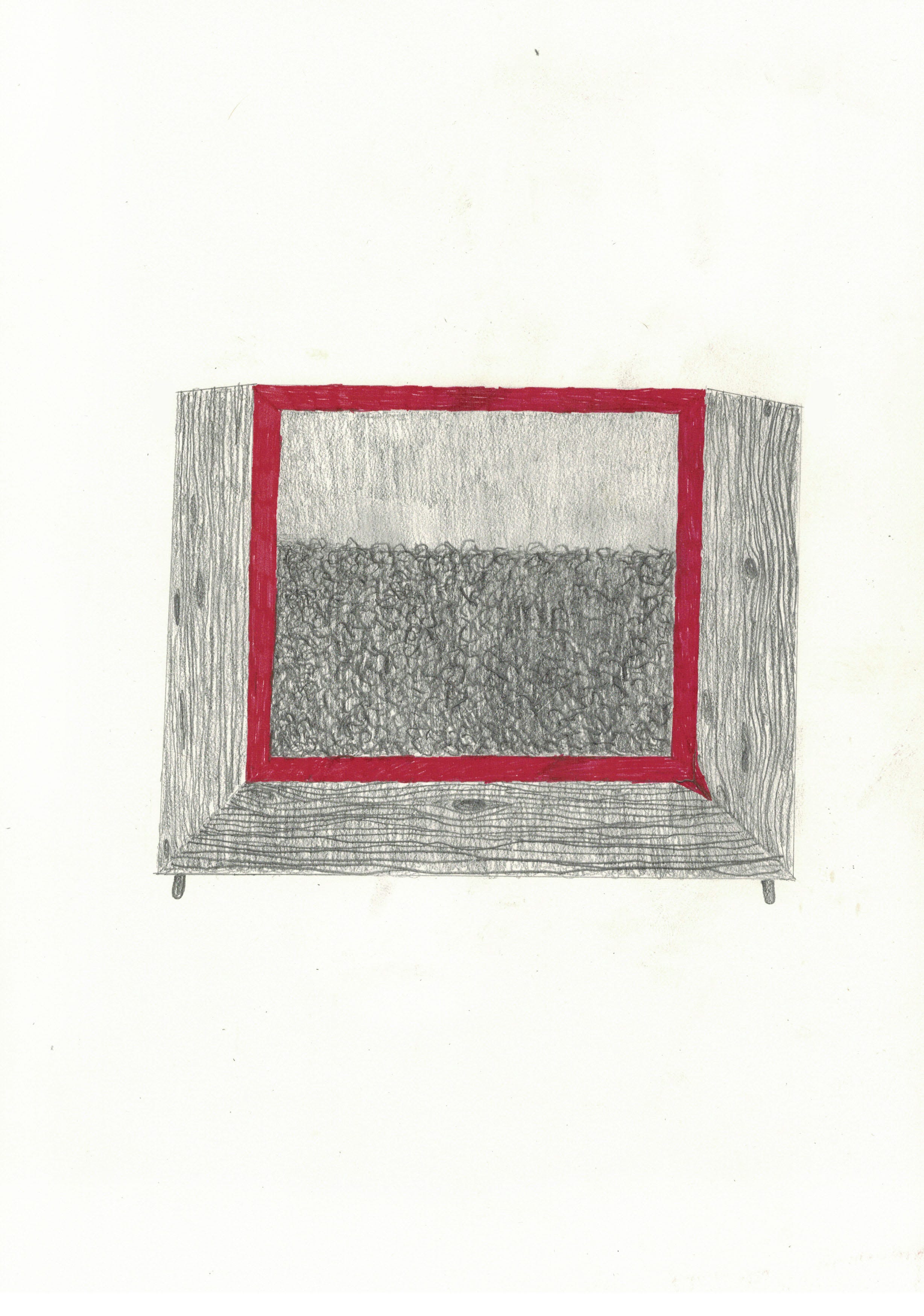
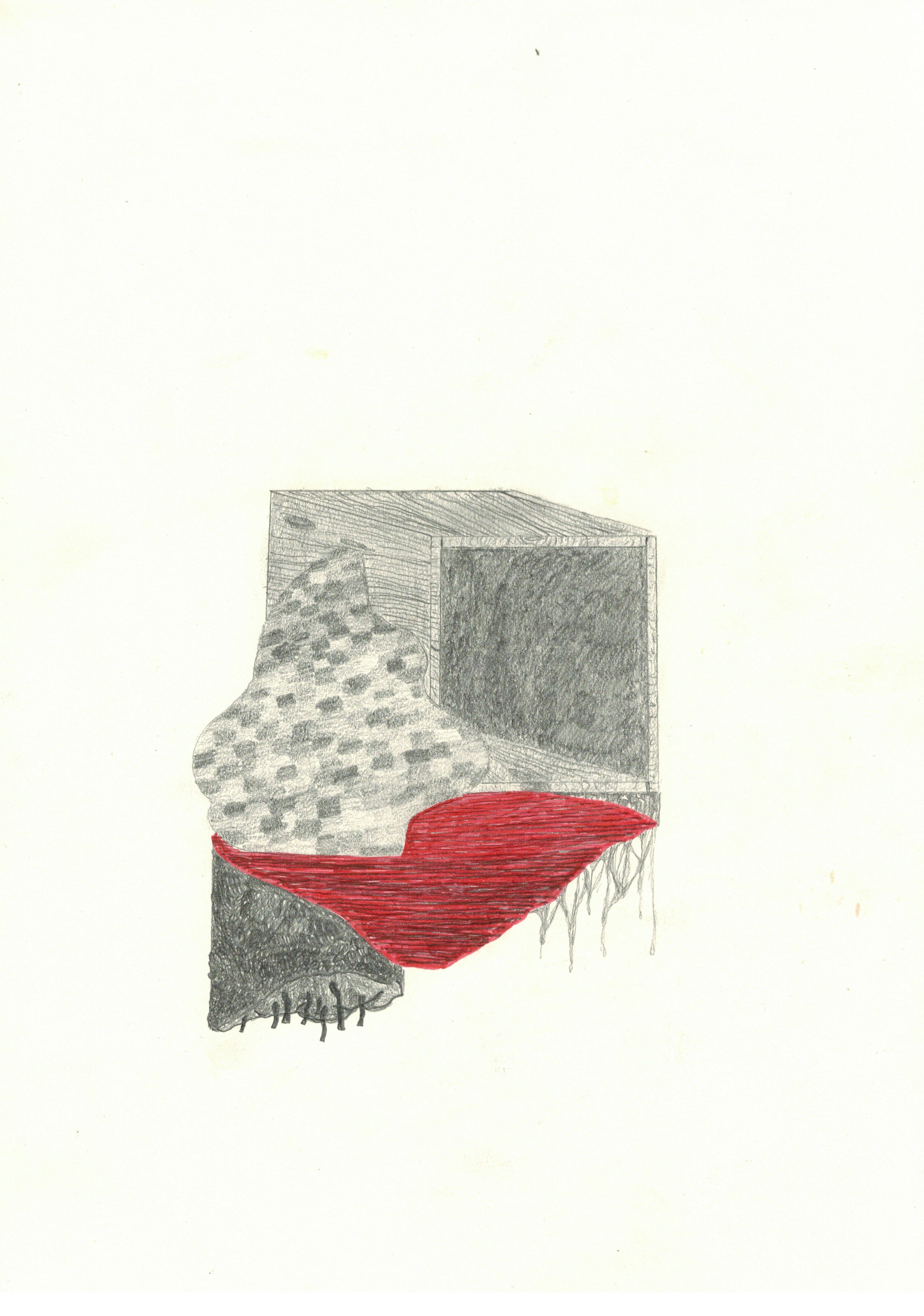
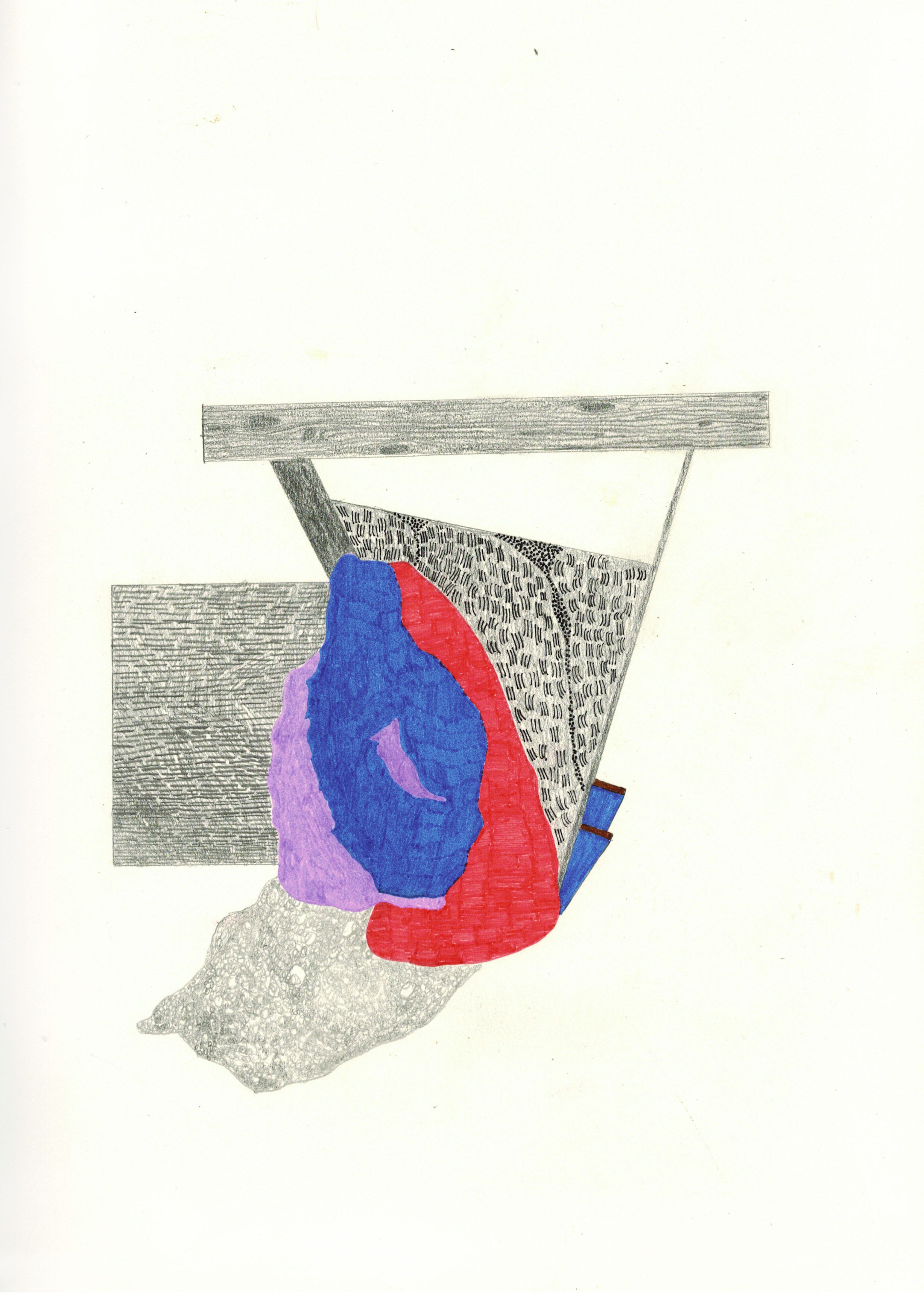
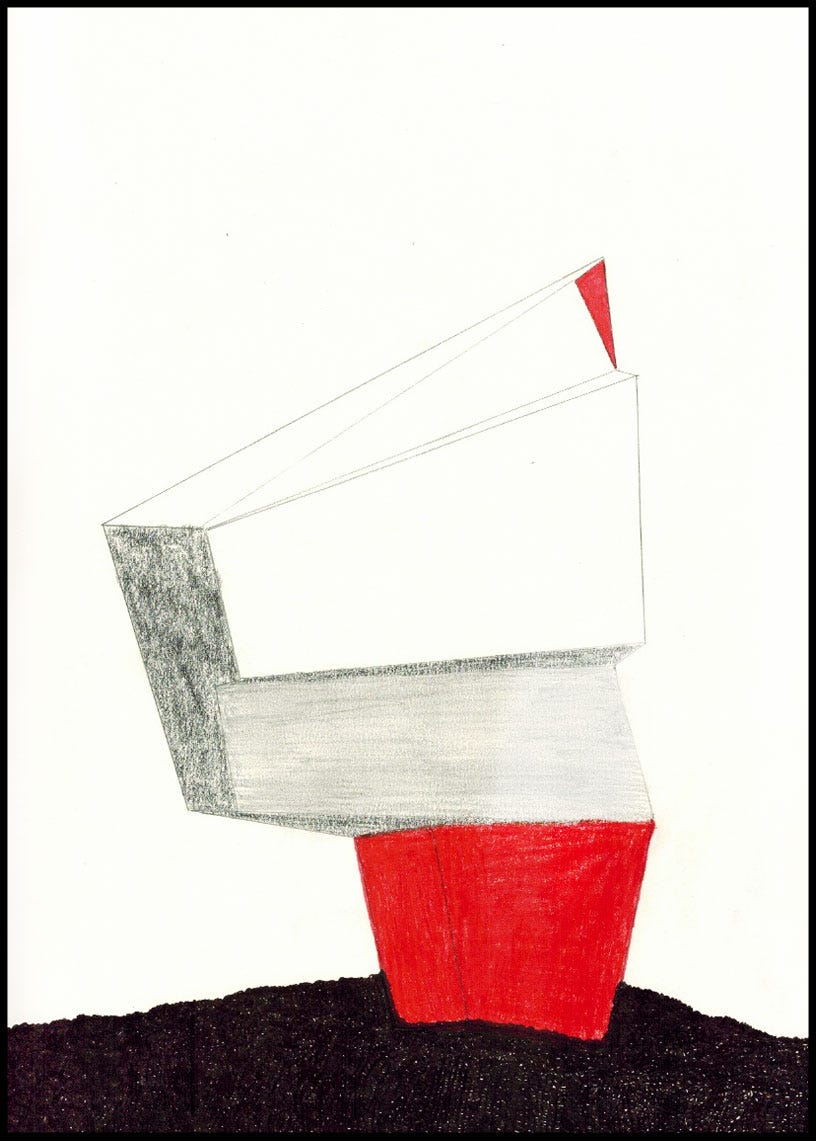
Final Studies are in partnership with The University of Akron and are made possible with support from Fifth Third Bank and the Robert O. and Annamae Orr Family Foundation.
Read MoreArtful Interiors
Over the last few months, we’ve all gotten to know the insides of our homes very well! Interior spaces are particularly interesting to artists since they’re often cooped up in their studios or homes for long stretches of time. Join us for a spin through some of the spaces these artists thought were worthy of attention.
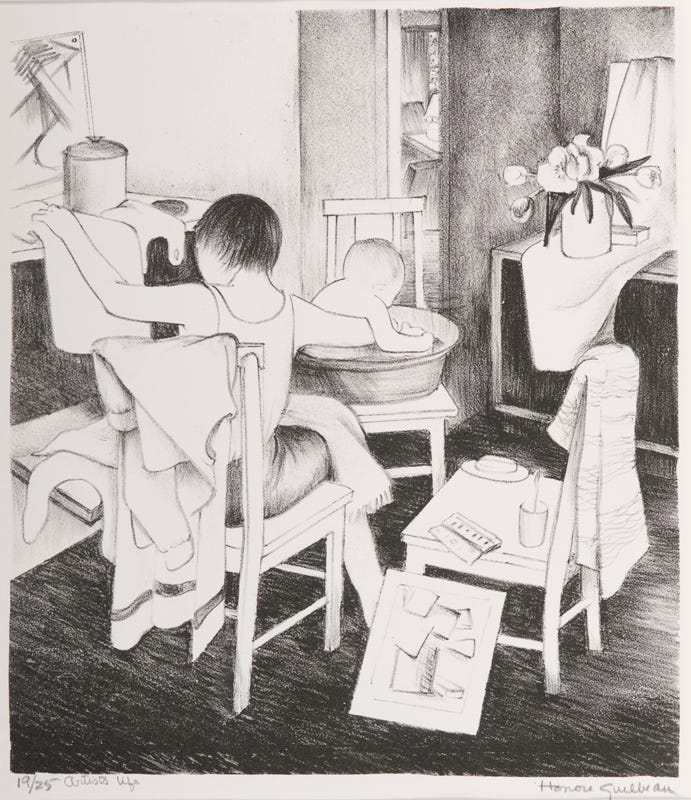
For an artist, there is often little to no separation between home life and working life. In this interior scene by Honoré Guilbeau, we see this coalescence in action. At first glance, it seems Guilbeau’s hands are only full with the work of parenthood as she simultaneously controls her wriggling child and prepares a towel to dry the baby. Bathing scenes like this are common in the history of art. With some closer looking, however, you can see that Guilbeau has added a detail to this work that makes it specific to her life, and wholly relatable to parents during the quarantine era: to her right is a still-life painting in progress and the art supplies and arrangement needed to create it. This is a scene a poignant representation of the balancing act all parents perform.
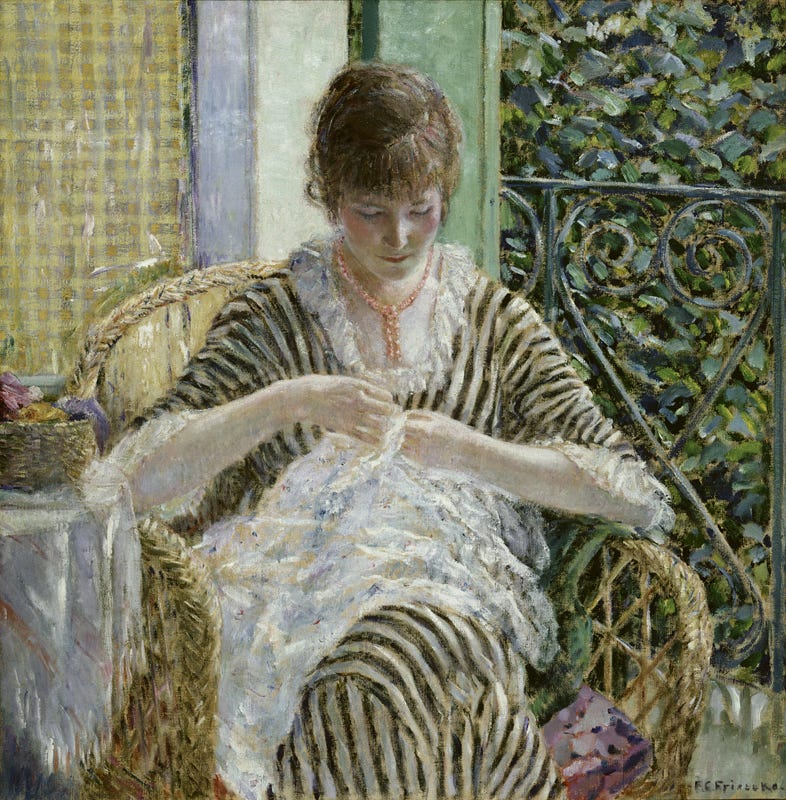
During the 19th century, artists often depicted women engaged in activities that were becoming of upper-class gentlewomen like sewing, reading, or playing music. For centuries, this domestic sphere of life was considered the domain of women. Men were the rulers of the outside, but at home women were secluded in their own worlds. While this scene depicts a woman near an open window that should provide access to the world outdoors, her back is turned away from the opening and she is cut off from the great-beyond by iron grating and a wall of shrubbery.

This work by Clarence E. Van Duzer seems to defy definition as an interior scene or landscape. The divisions between outside and indoors are almost entirely broken down. Van Duzer presented the viewer with a cluttered tabletop in the sharp foreground with a background of collaged papers, bricks, wooden planks, and a city landscape, but the inside of the space overlaps with the outdoors and vice versa, seeming to suggest that Van Duzer saw the existence of the two spaces as one in the same. Viewing this work is akin to calisthenics for the eyes and brain, as they hop, skip, and jump amidst broken perspectives and slashing lines.
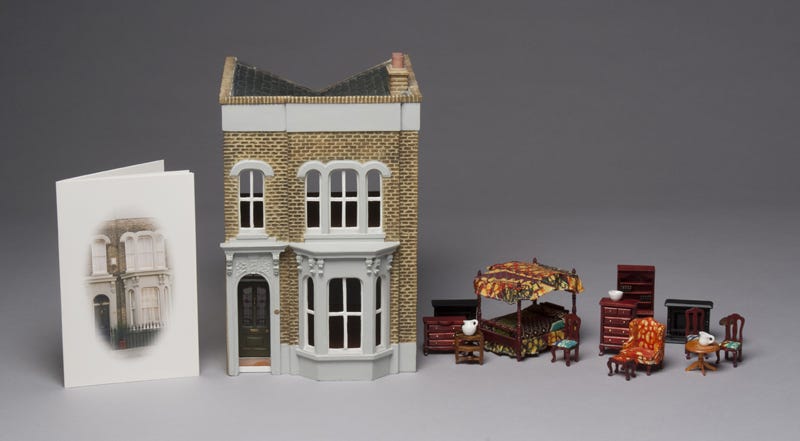
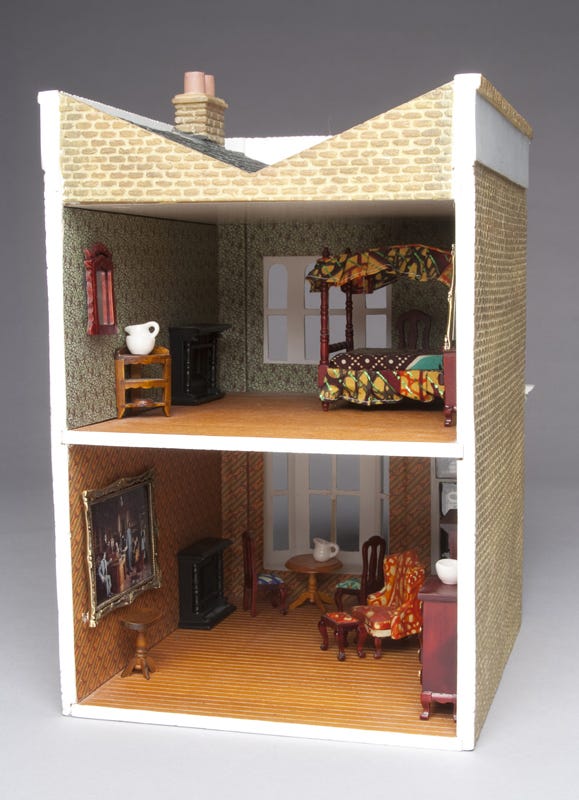
We fill our homes and walls with objects that are reflections of what we care about and who we are. In this work, Yinka Shonibare recreated a miniature version of his Victorian townhouse in the East End of London and filled it with objects that represent his British-Nigerian upbringing. The dollhouse features British architecture and furniture, but Shonibare has included bright bursts of Dutch wax print cloth, which is associated with Nigeria. To fill the walls of the house, Shonibare included a miniature replica of a work by the 18th-century French artist, Jean-Honoré Fragonard, as well as a recreation of one of his own works. This little house is a literal encapsulation of Shonibare’s own identity.
Virtual Tours are made possible with support from the Sandra L. and Dennis B. Haslinger Family Foundation, The Sisler McFawn Foundation, The Welty Family Foundation, Dana Pulk Dickinson, and the Lloyd L. & Louise K. Smith Memorial Foundation.
Read MoreFinal Studies: Chi Wong
Undergraduate Student, Cleveland Institute of Art
Drawing
Title of Exhibition: What is this Wonderful World?
My artwork creates a fantastical world that is playful, humorous, and absurd. I am creating an extraordinary world by posing questions of “what if’s?” and “why not?” For example, I asked myself: “What if we went grocery shopping in claw machines?” “What if shoes are turned into hats?” “What if lint is the new form of cheese and then there’s a lint burger joint?” The questions are illogical, ridiculous, and silly, but allow one to imagine what kind of world this is. The goal of this work is to question the idea of “normalcy” and challenge the human perception of their own reality by presenting a world that is very absurd in our eyes, but appears ordinary to the characters that exist in this fantastical world.
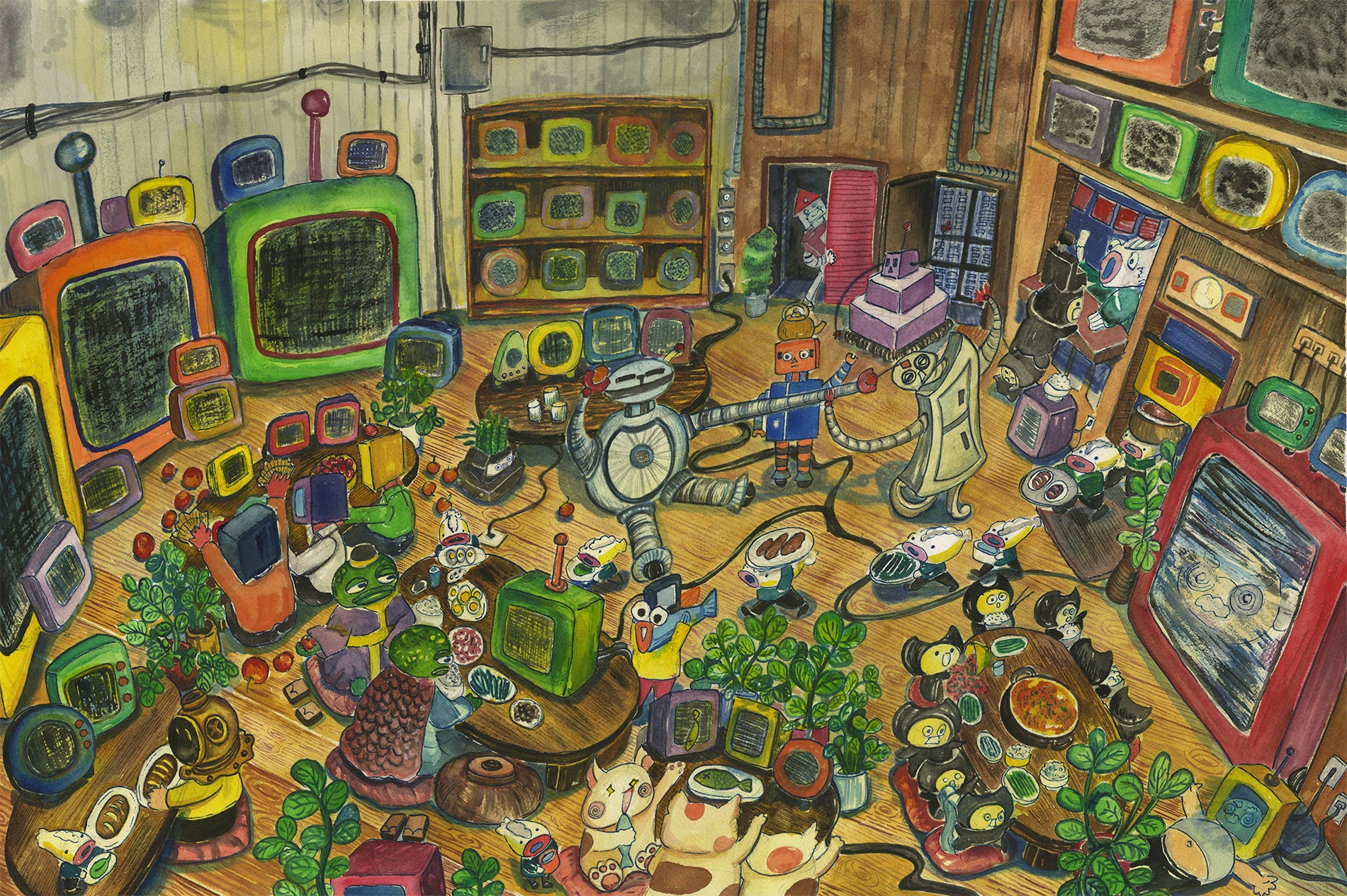
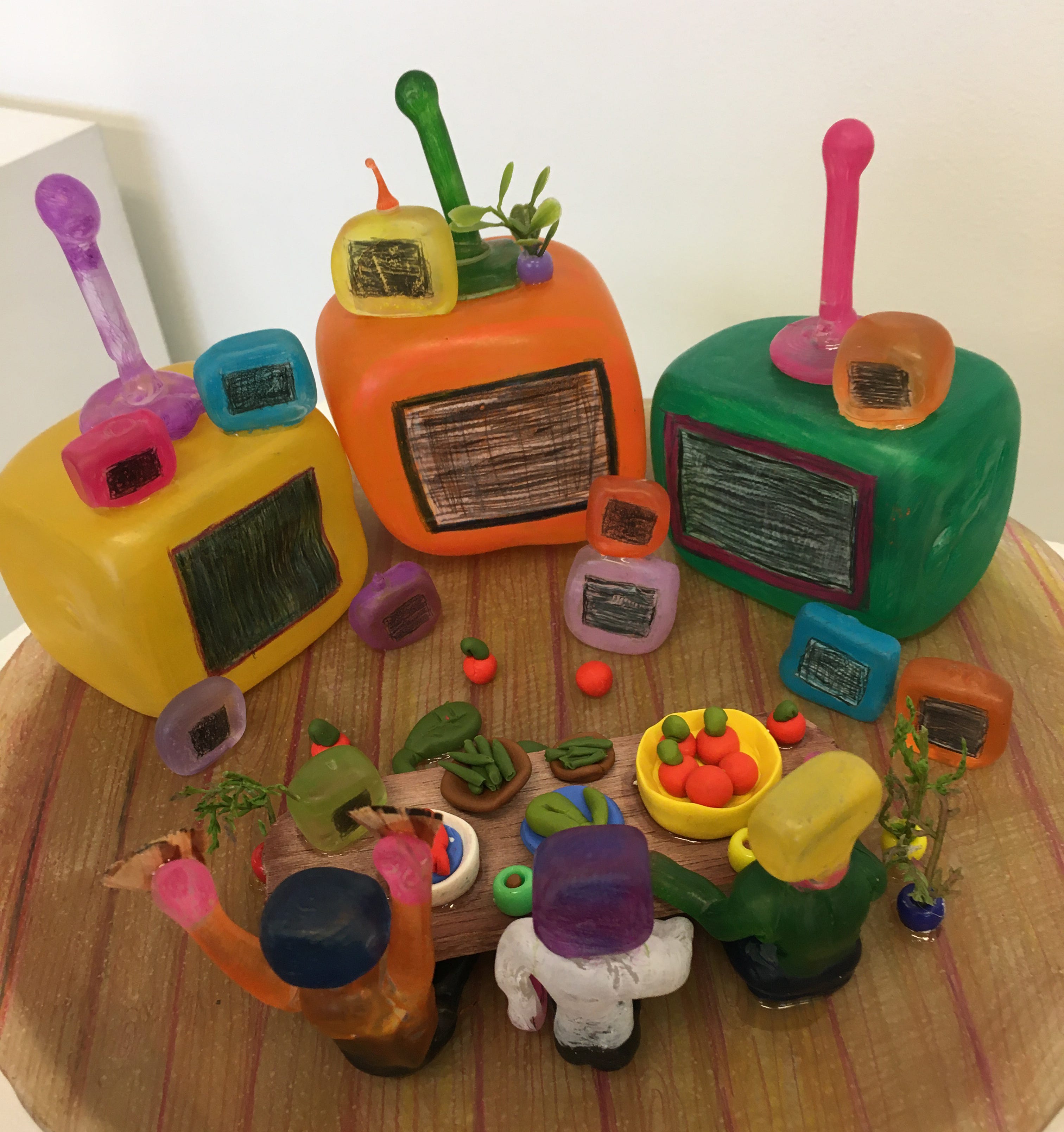
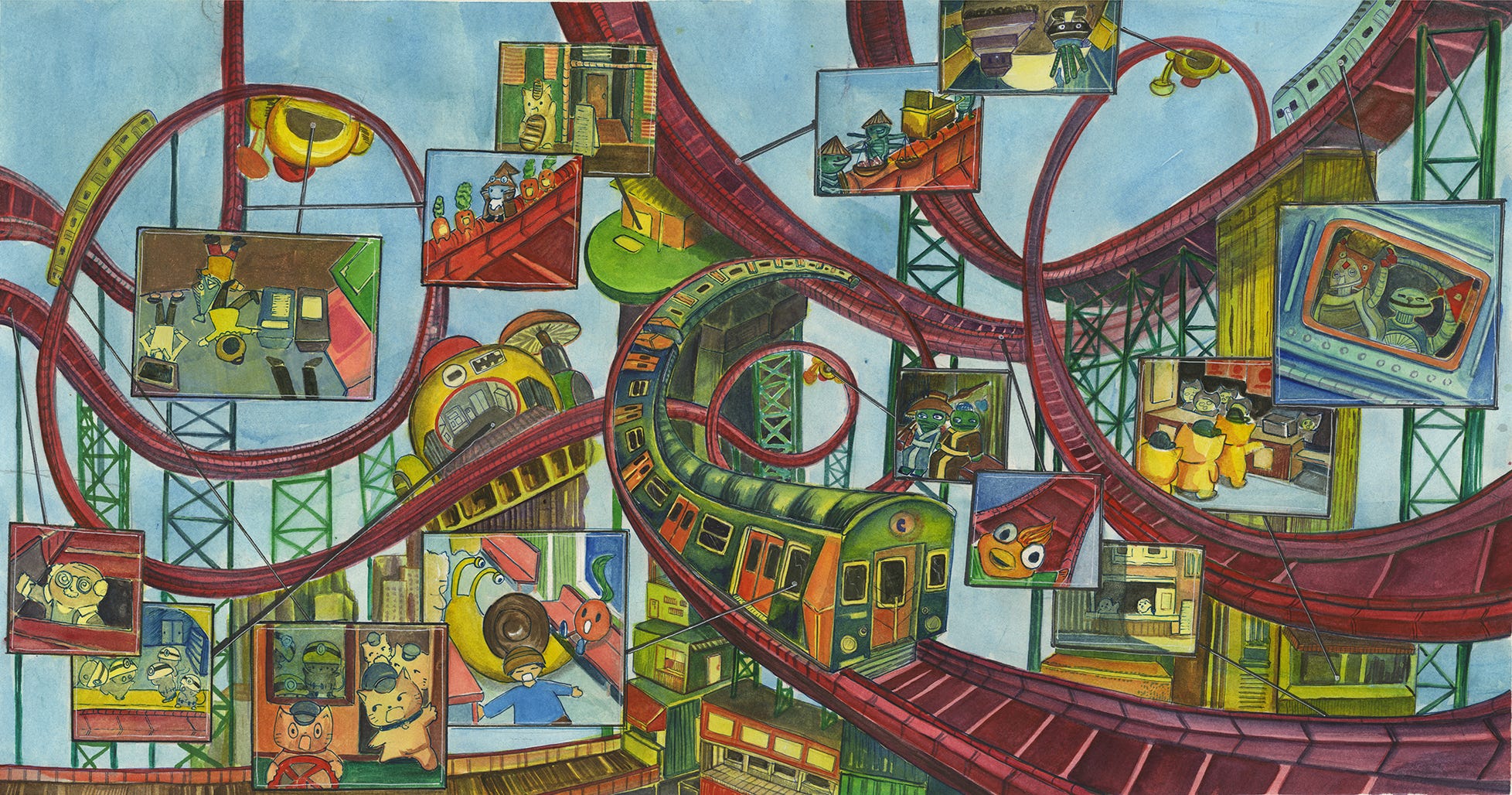
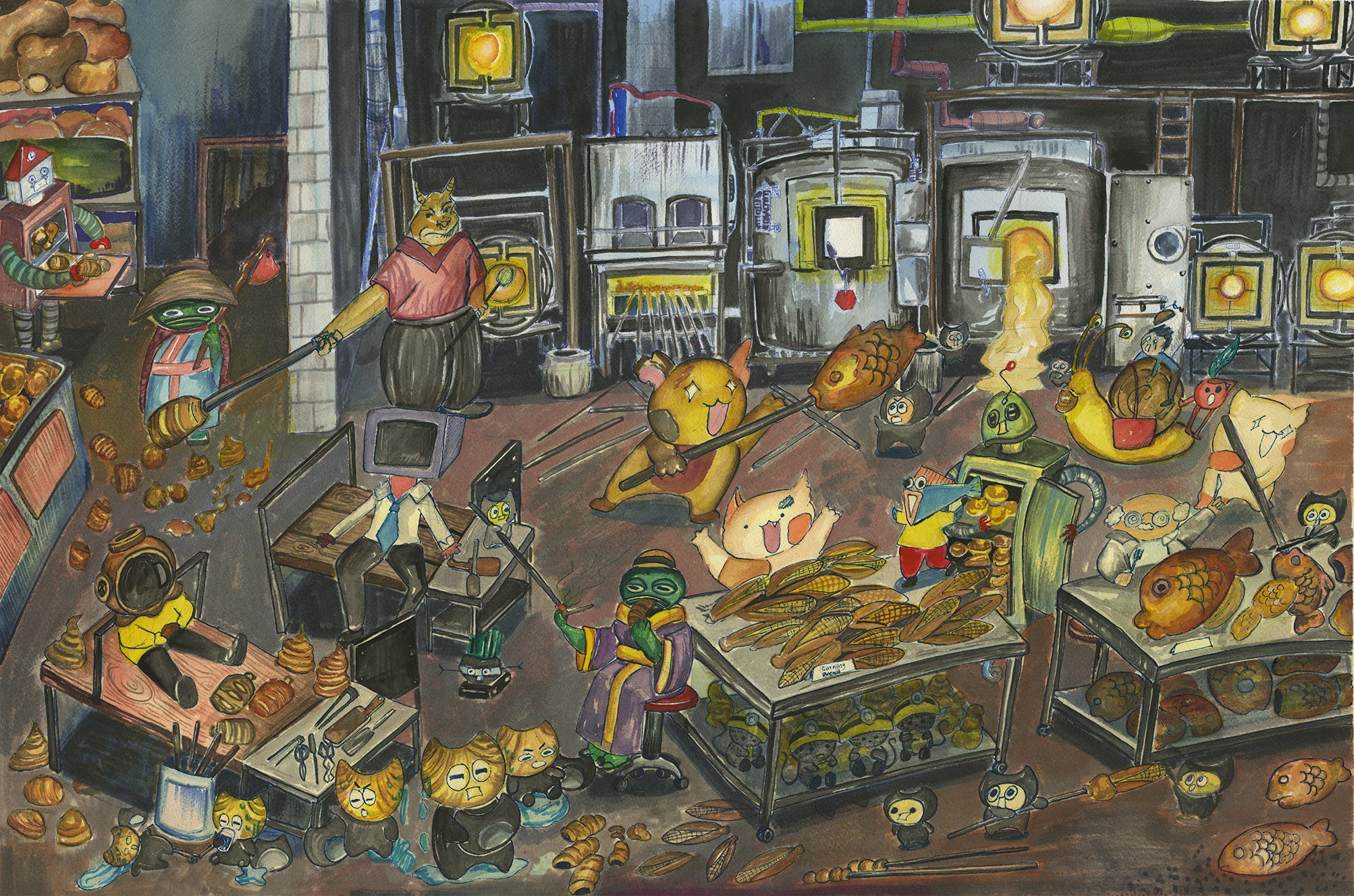
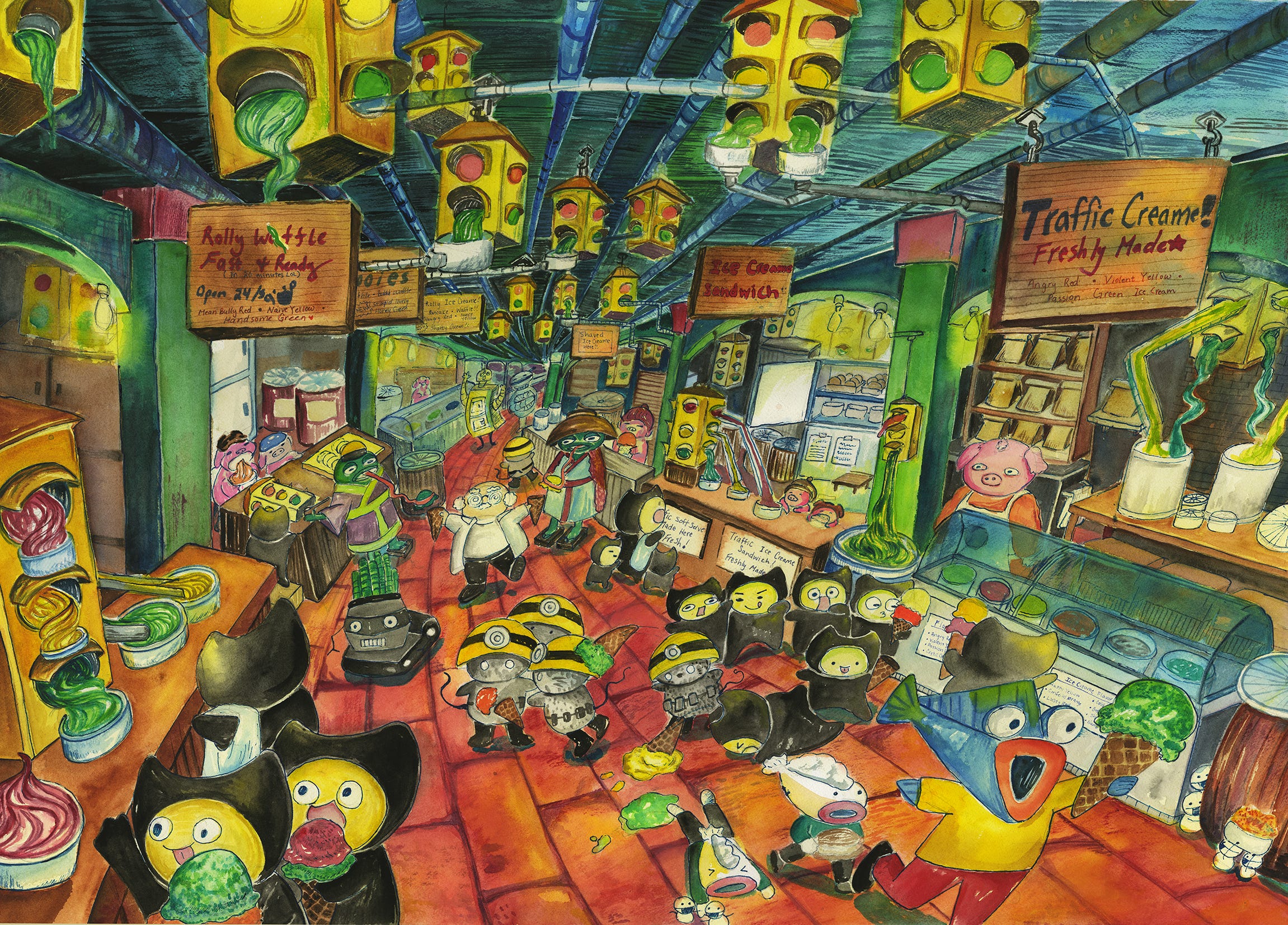
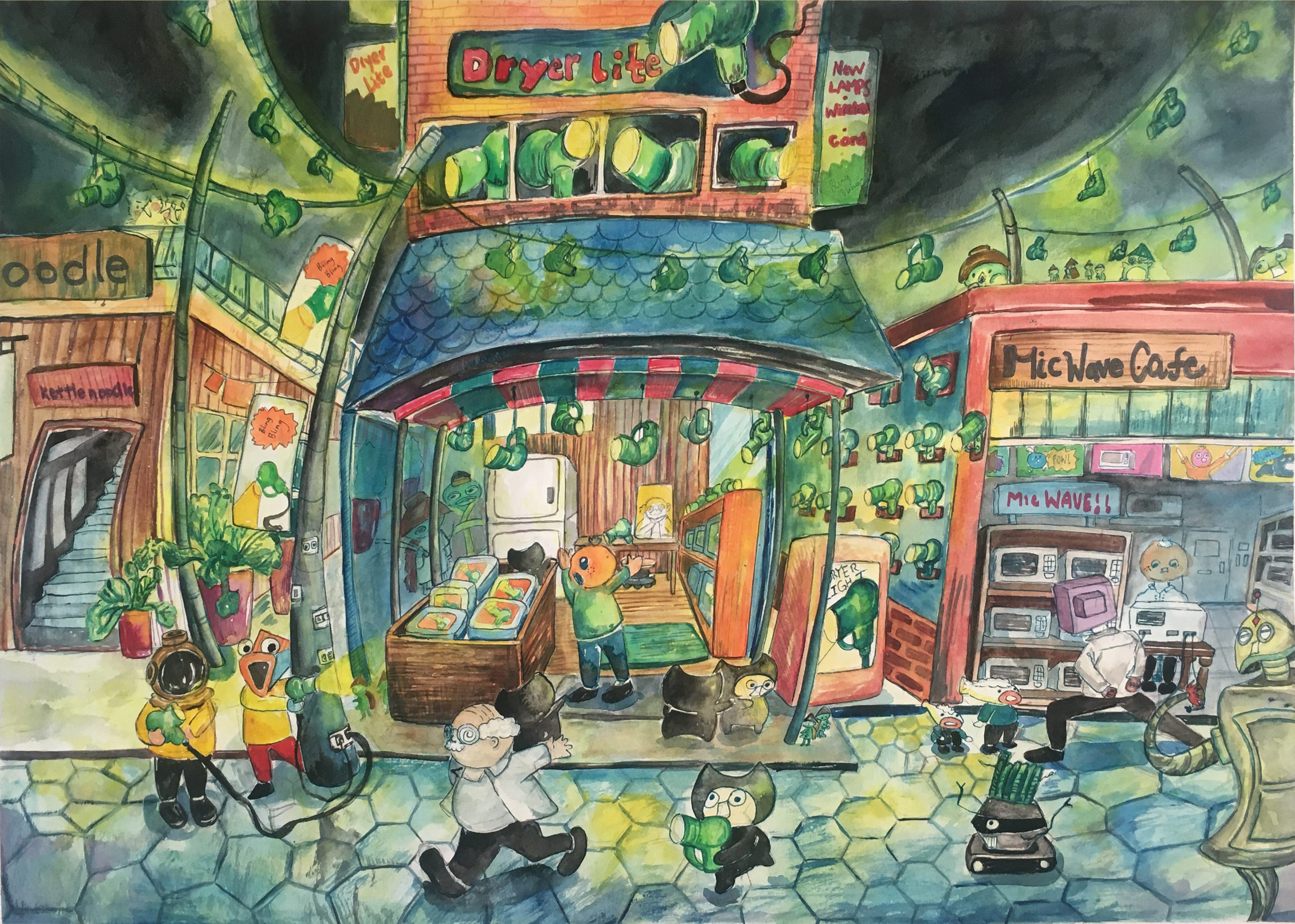
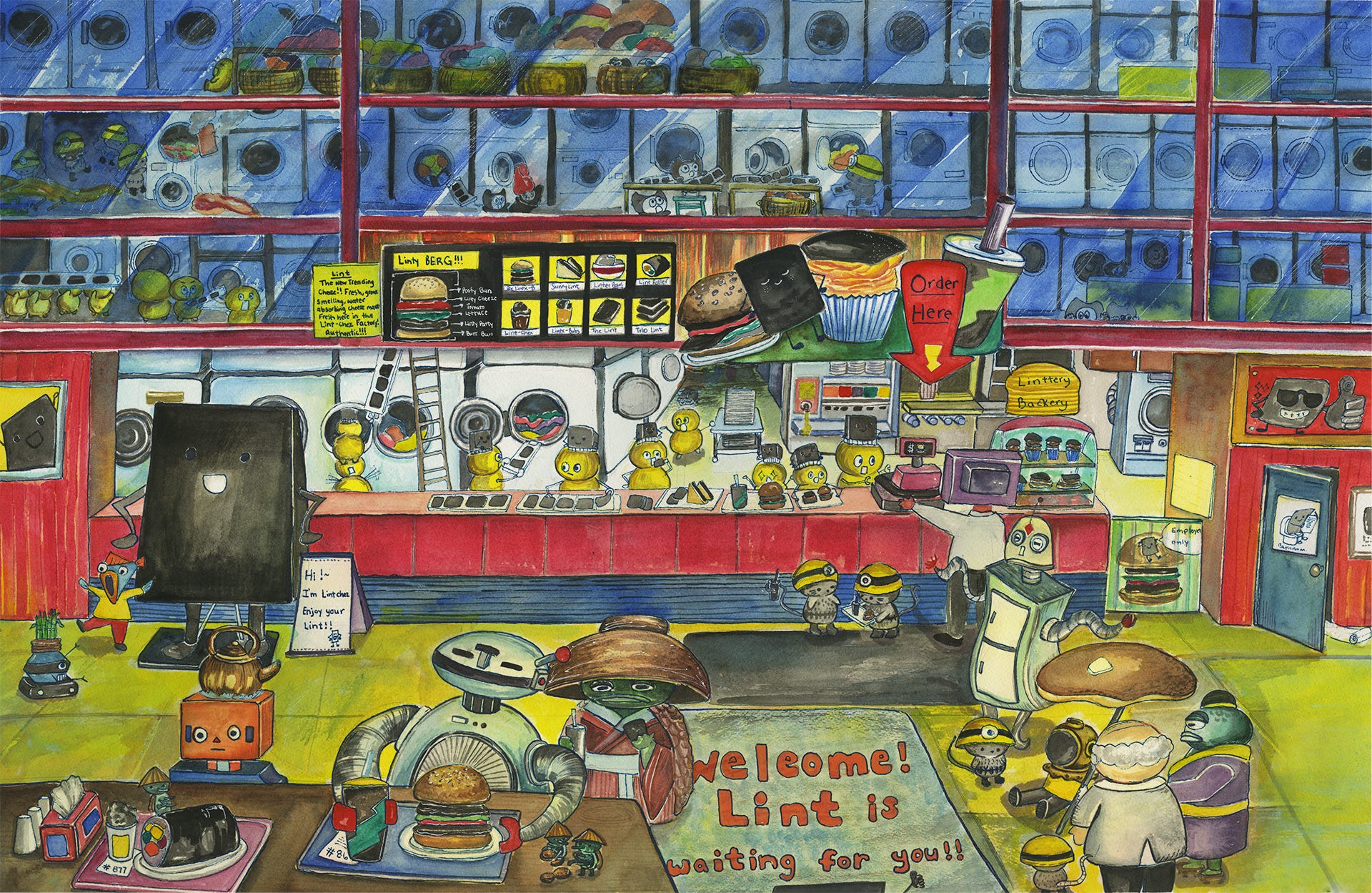
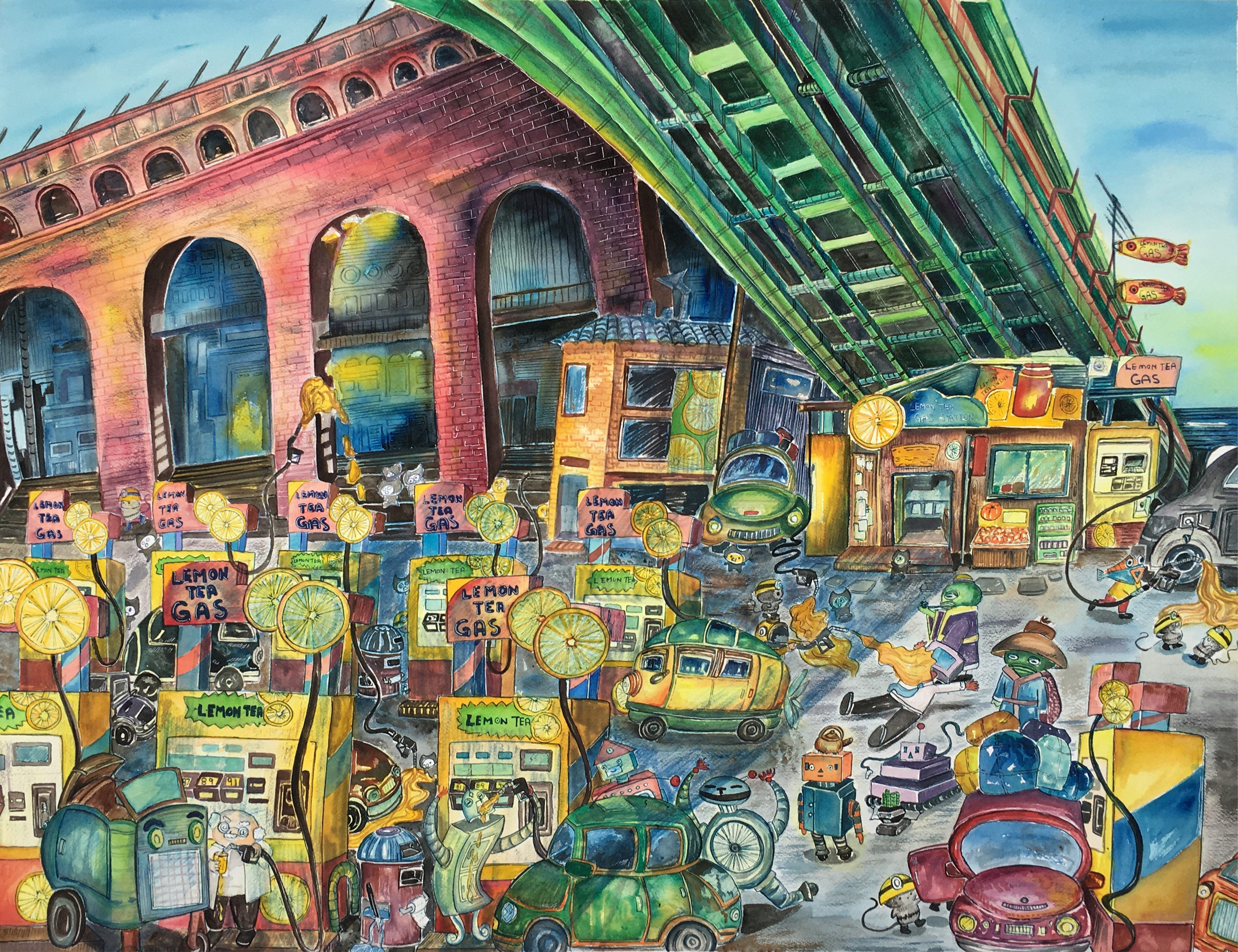
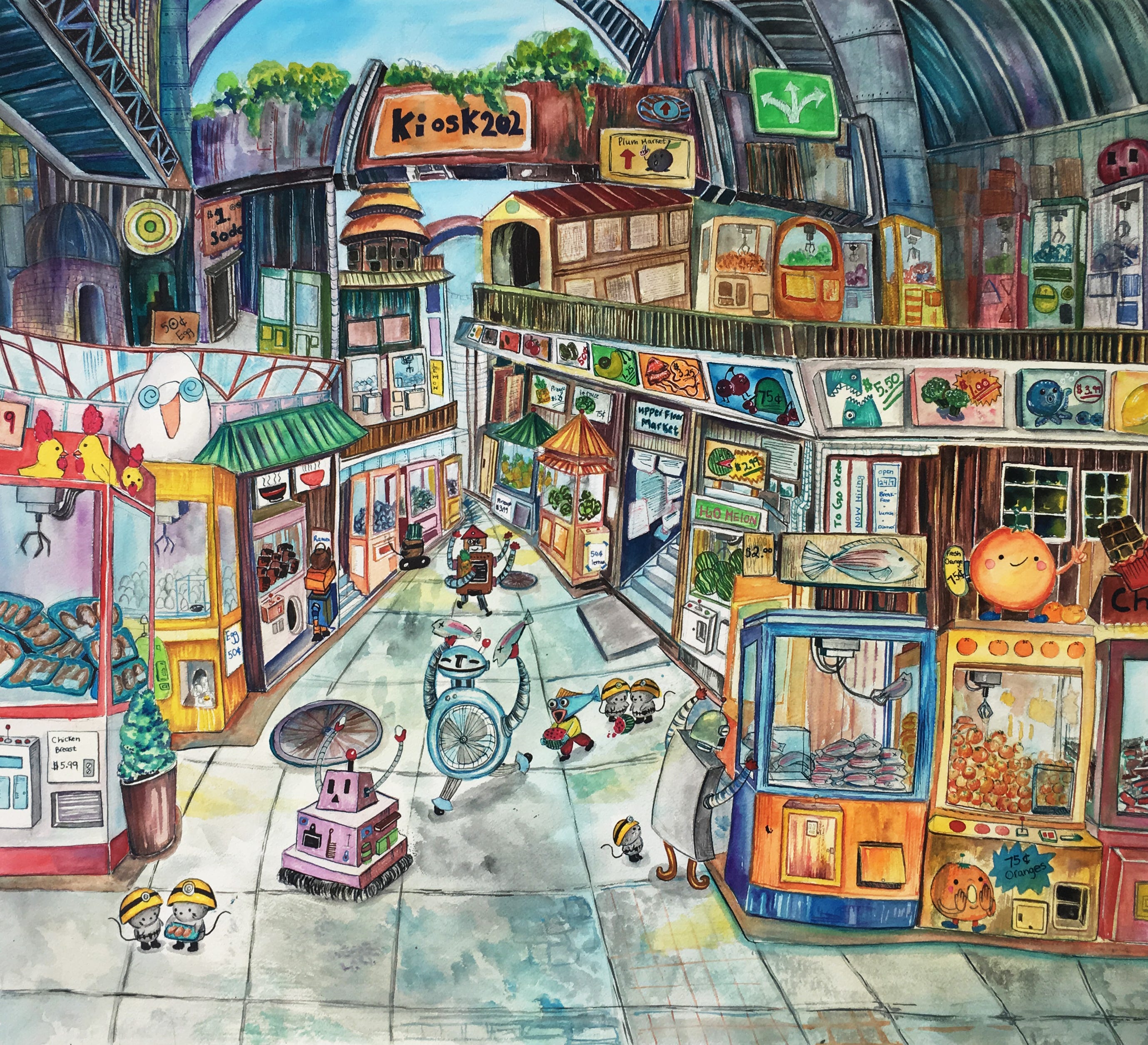
For more of Chi’s work:
Instagram: @c_h_i.art
Final Studies are in partnership with The University of Akron and are made possible with support from Fifth Third Bank and the Robert O. and Annamae Orr Family Foundation.
Read MoreMuseum Games

Nothing better than enjoying a puzzle on a summer day. Here’s a little brain teaser for your weekend!
Fill in the blanks. Unscramble the circled letters to get the letters for the answer.
Chamberlain’s media _ О _ _
This Sir’s pastime _ О _ _ _
Abode of Ken Price О _ _ _ _ _ _ _ _
Not just a walk in the park _ _ О _ _
Bread Follower О _ _ _ _
Unscramble the words. The bold letters, when unscrambled, are the two-word answer.
BPARIUNSTH
INGDWAR
HECTKS
KORTWRA
DECASLNAD
EAMRF
EDY
ANSWER:
_ _ _ _
_ _ _ _ _ _
MuseumGames are made possible by PNC with additional support from Acme Fresh Market, the Kathy Moses Salem Philanthropic Fund of the Akron Community Foundation, The R.C. Musson and Katharine M. Musson Charitable Foundation, the Robert O. and Annamae Orr Family Foundation, and the Charles E. and Mabel M. Ritchie Foundation

Final Studies: Diana Harper
Undergraduate Student, Kent State University
Studio Art — Sculpture and Expanded media, and Textiles
Title of Exhibition: BoogieMation
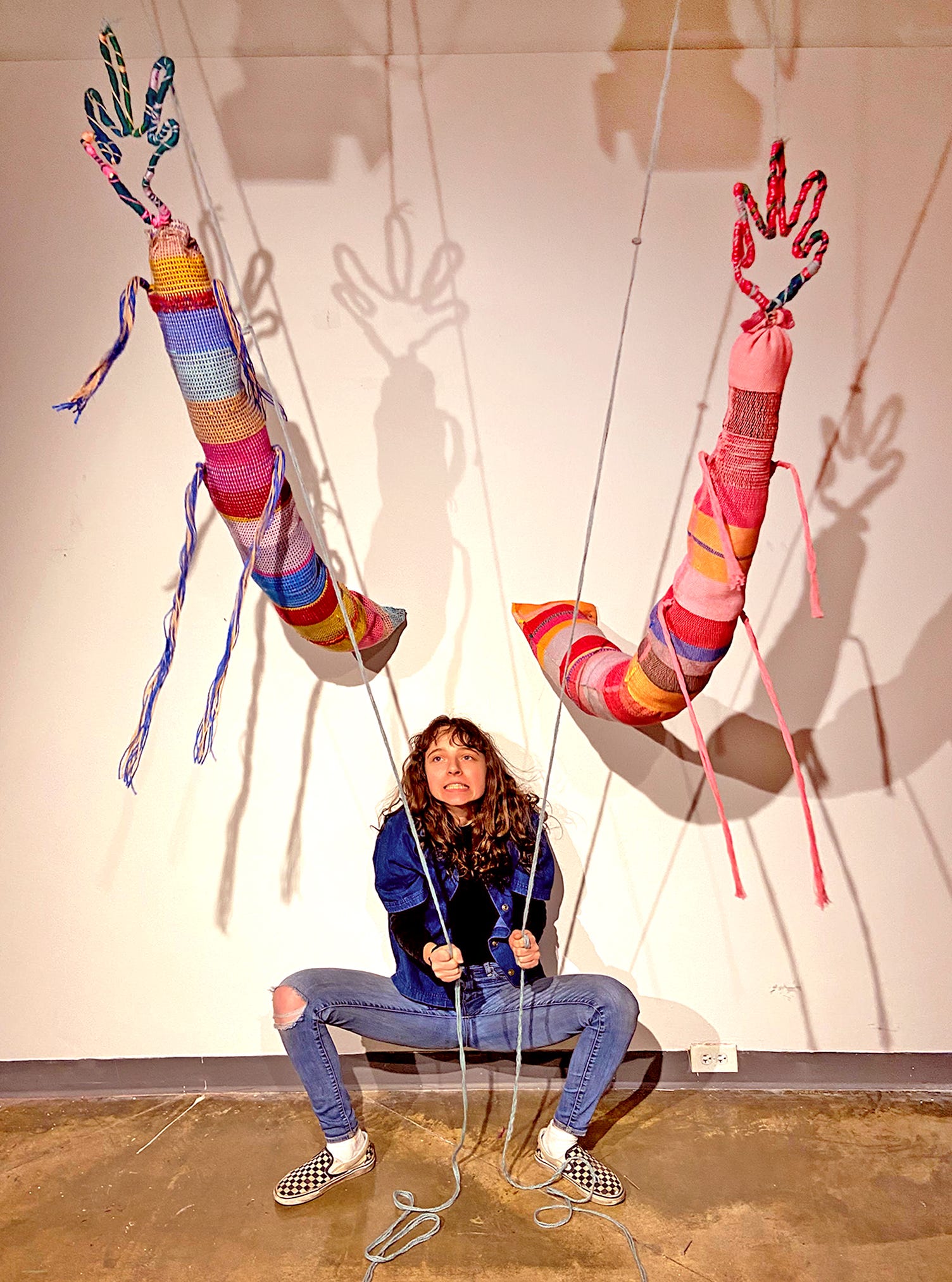
As an artist, my goal is to describe my experience through color, form, and movement. This specific exhibition is inspired by my passion for dancing. My synesthetic brain conceptualizes emotion and memory very visually, so with these tools, I can best describe and share my experience.
For more of Diana’s work:
Instagram: @princess_diiii/
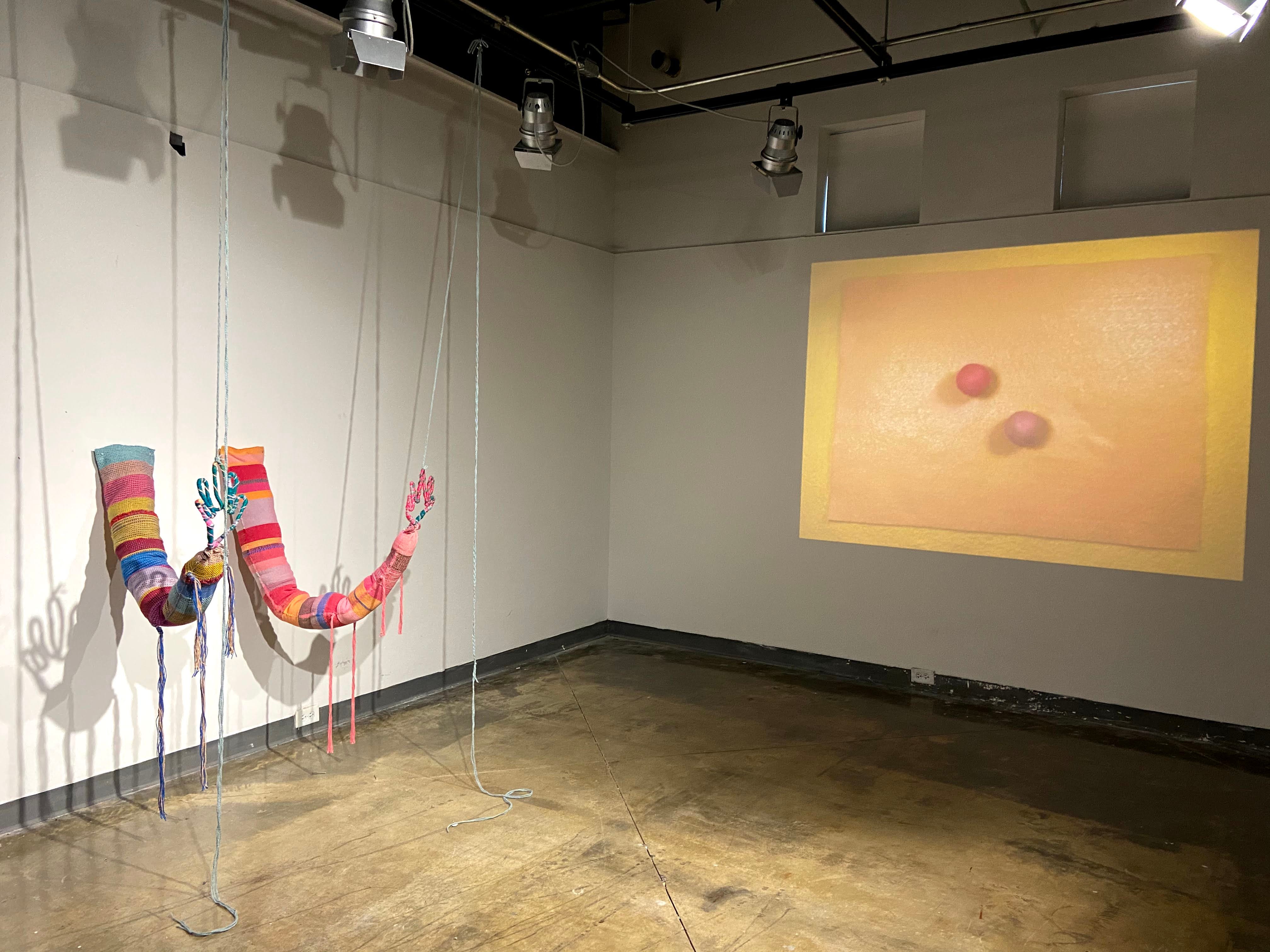

Final Studies are in partnership with The University of Akron and are made possible with support from Fifth Third Bank and the Robert O. and Annamae Orr Family Foundation.
Read MoreWhat’s in a Label?
Ever wonder what information is included in a museum label? In this post, we’ll dissect the different parts of an object’s label to see what they can reveal about the artwork.
We’re going to use the very first object the Akron Art Museum acquired as an example. Elliot Torrey’s painting Surf evokes the sound of waves crashing against ocean rocks. Known for his seascapes, the artist selected varying shades of green, grey, and brown to add a moody tone to this scene, as if a storm is just starting to brew.
Now, let’s take a look at the label for this object.
The first three lines of the label indicate the title of the artwork, the name of the artist, and the artist’s birth and death dates, if known. Some museums also include the artist’s nationality.
The fourth line records the date the object was created. In this case, we’re unsure of the exact date this painting was made, but we think it was sometime around 1920. So, we admit that uncertainty by saying “c.1920.” The “c.” stands for “circa” or, “around 1920.”
The next line lists the materials used in creating this artwork. This painting was made using oil paints on canvas.
Next up we have the dimensions of the work. The Akron Art Museum uses imperial system measurements first (inches and feet) followed by metric system measurements (centimeters and meters) in parentheses. It is often the reverse at other institutions.
The line following the dimensions is called the credit line. This reveals how the object came into the museum’s collection, whether by purchase, bequest, loan, or donation. In the case of Torrey’s painting, it was donated to the museum by Mr. A.H. Marks.
The last line displays the object’s accession number — 1923.1 “1923” denotes the year the museum acquired the object and the “.1” that follows reveals that it was the first object to enter the collection that year. Likewise, 1923.2 would be used for the second object that entered the collection in 1923, and so on. Most museums use this same accession number system or something similar, so if you’re ever curious about when an object was acquired by an institution, just look for the accession number!
Read More
